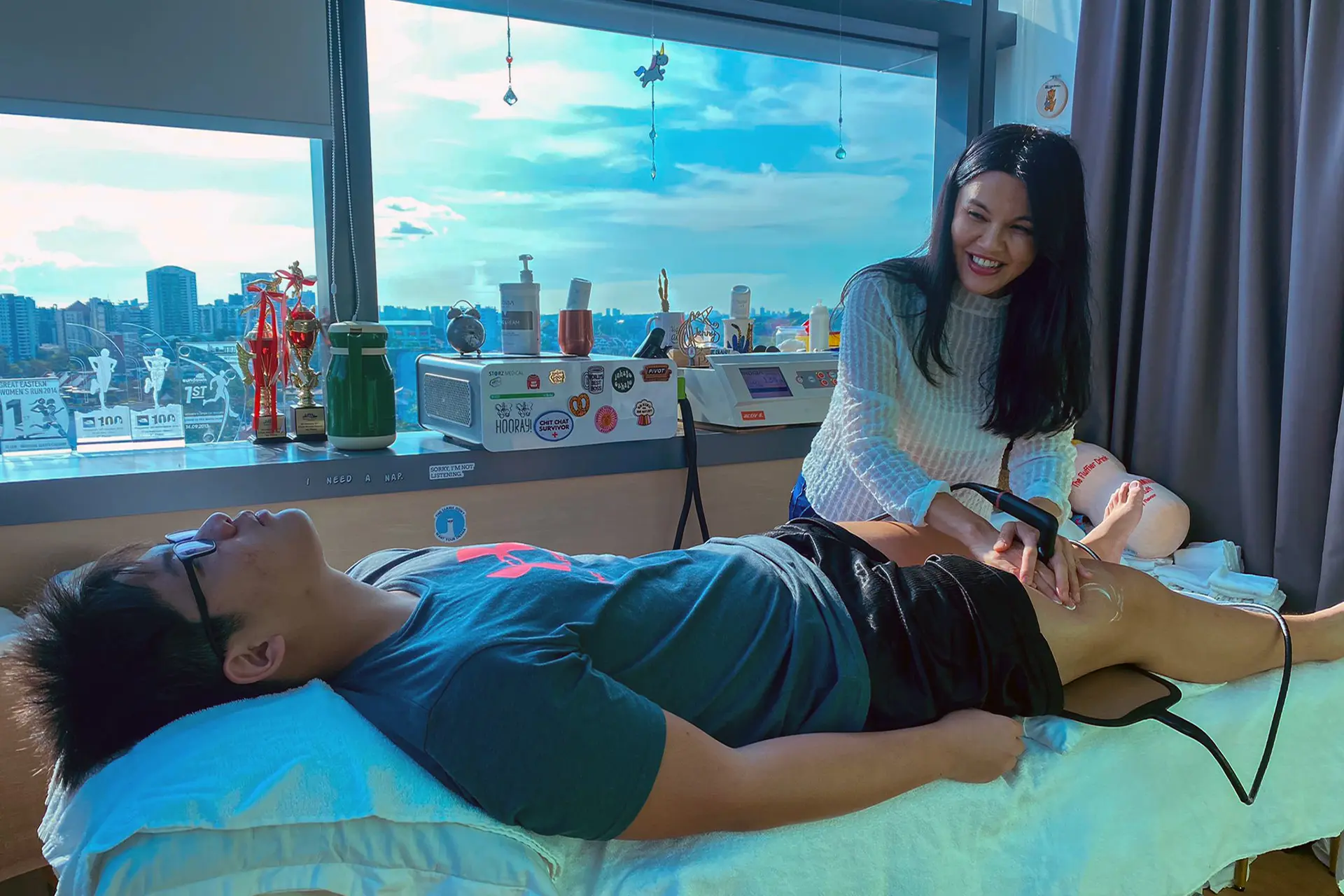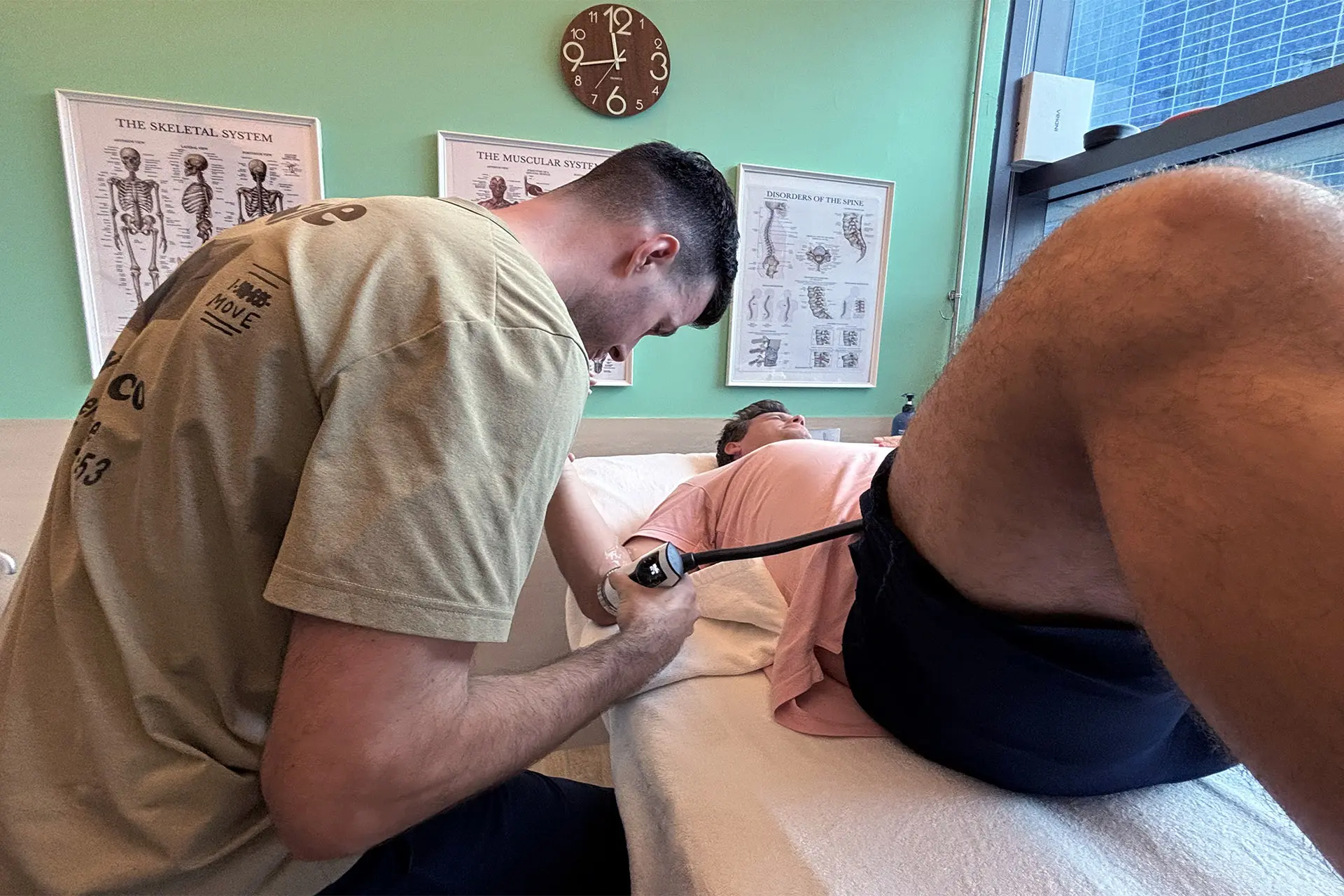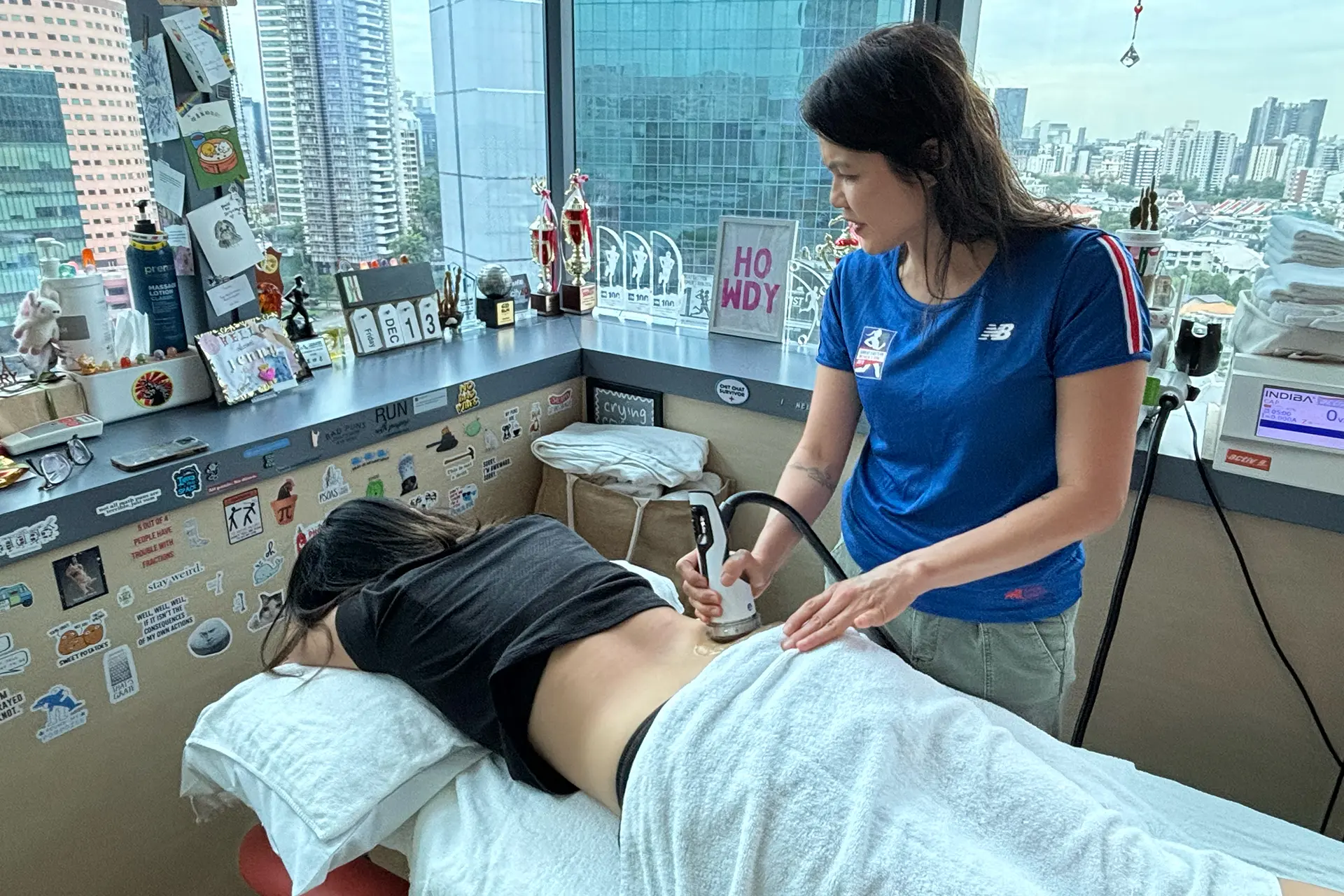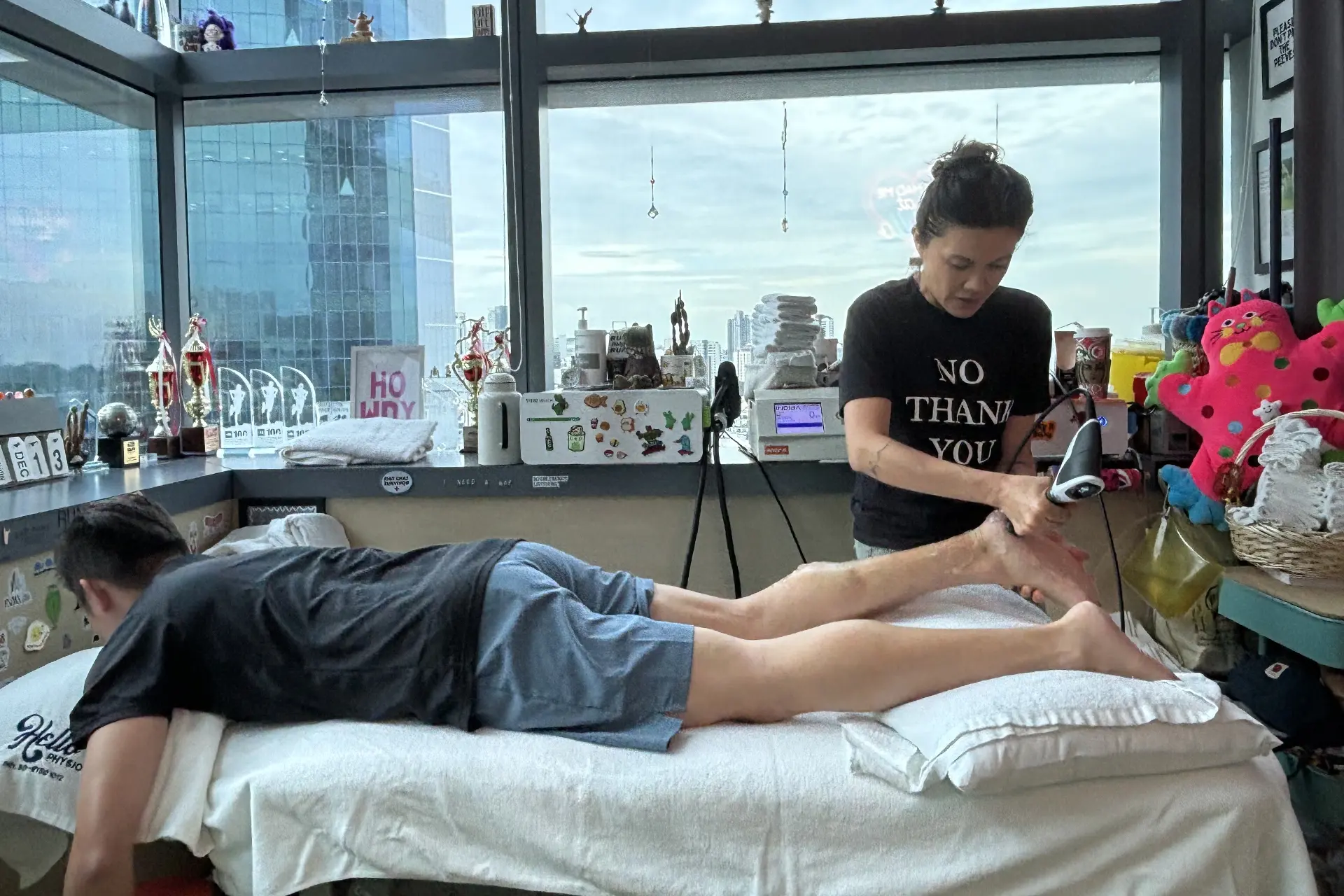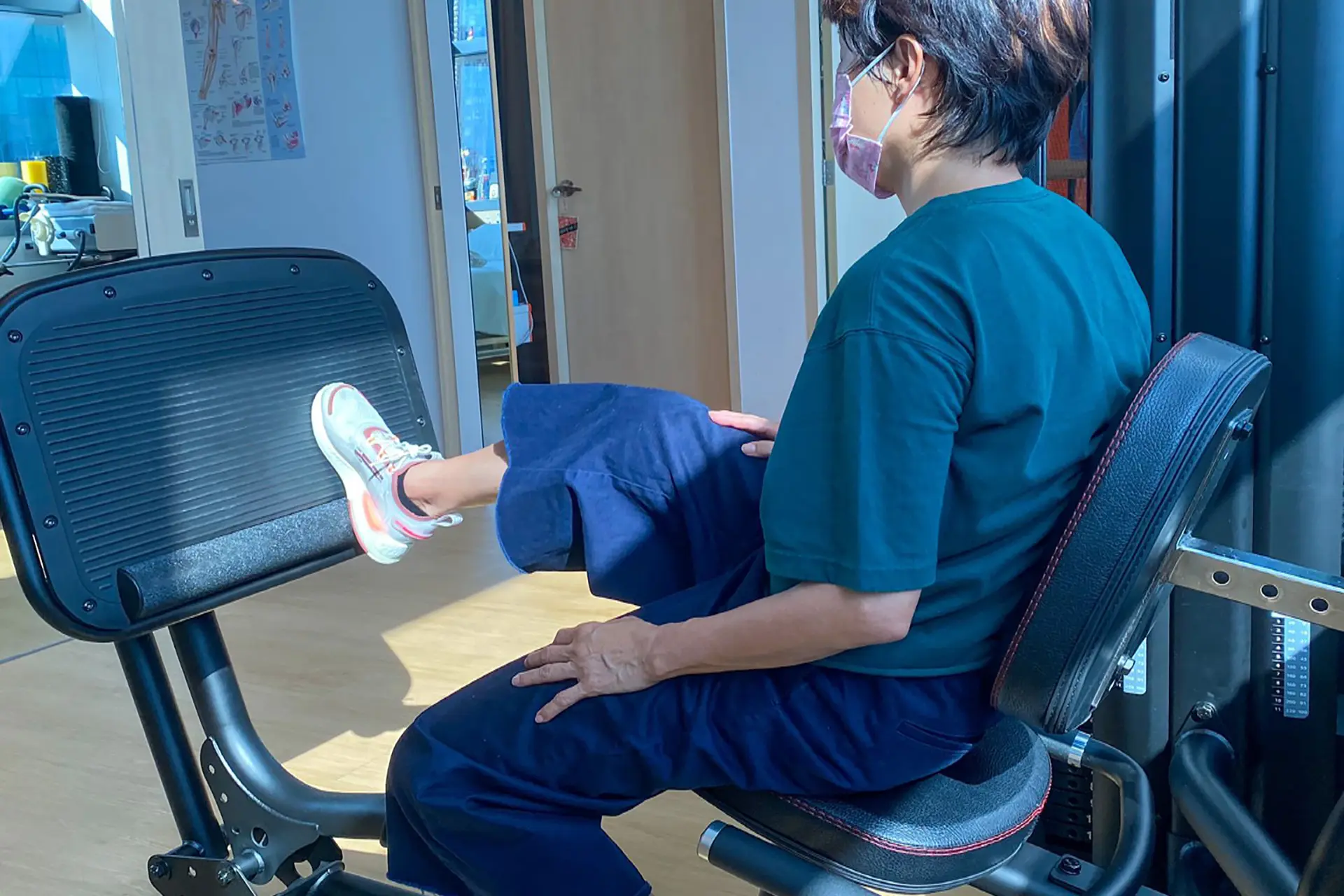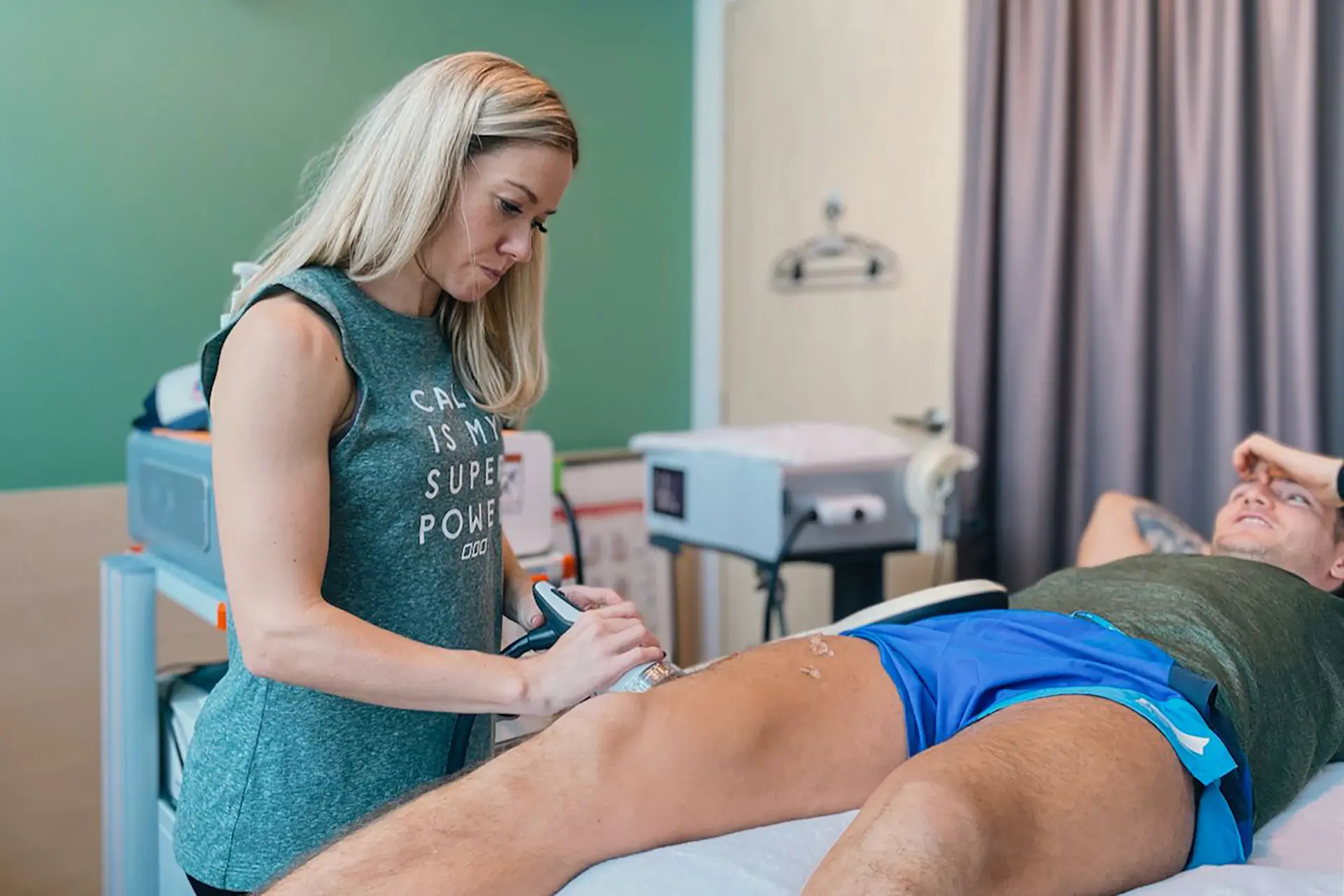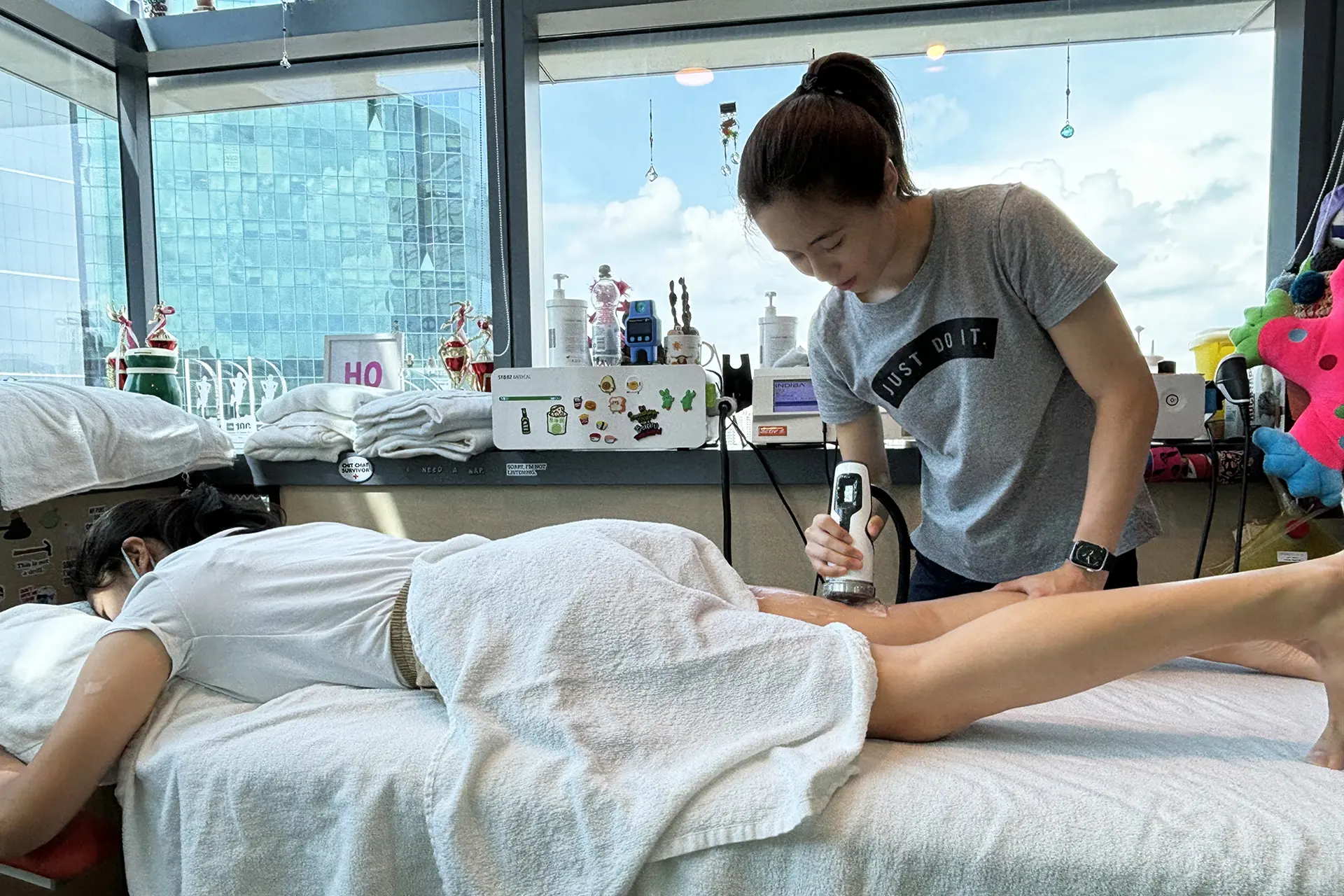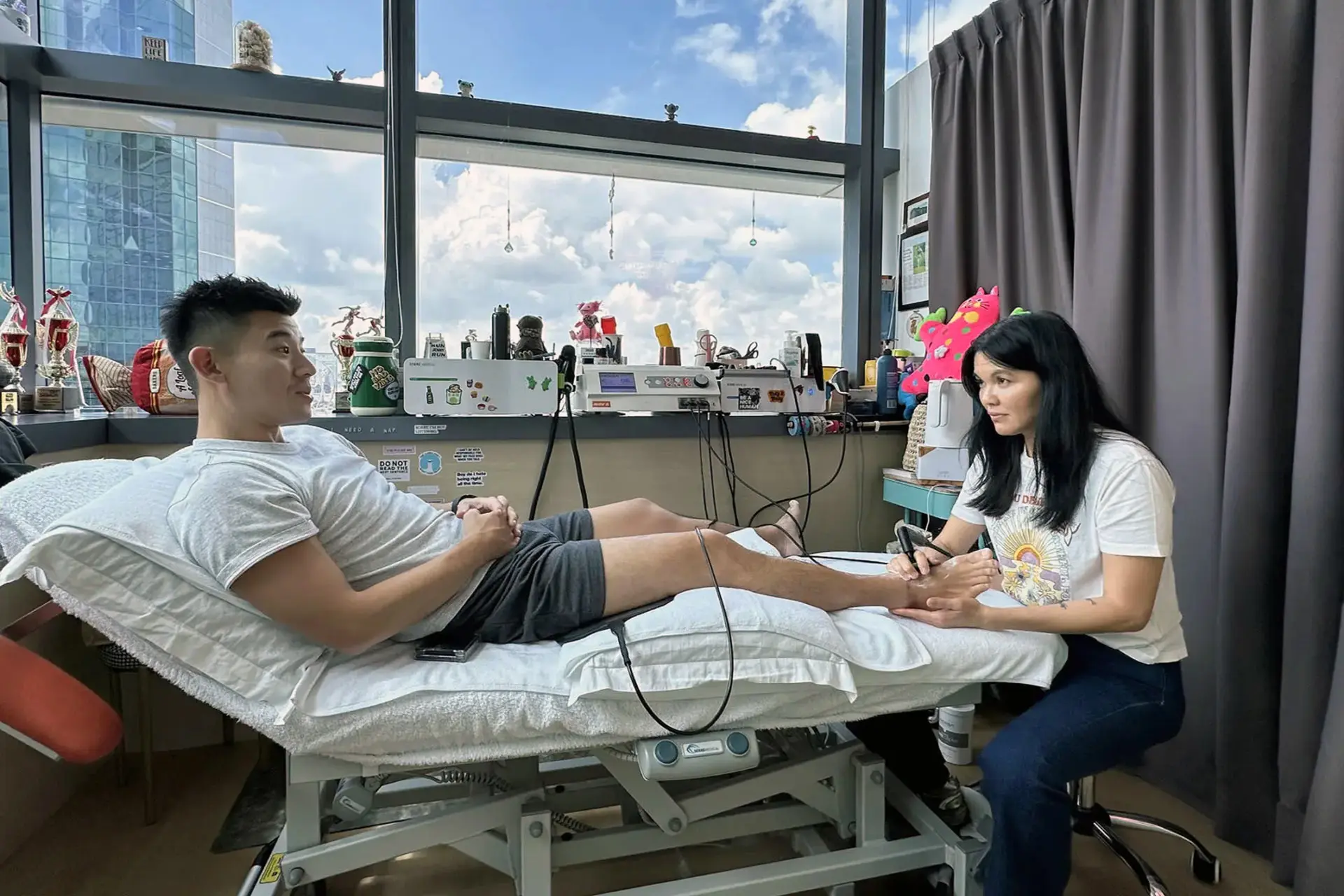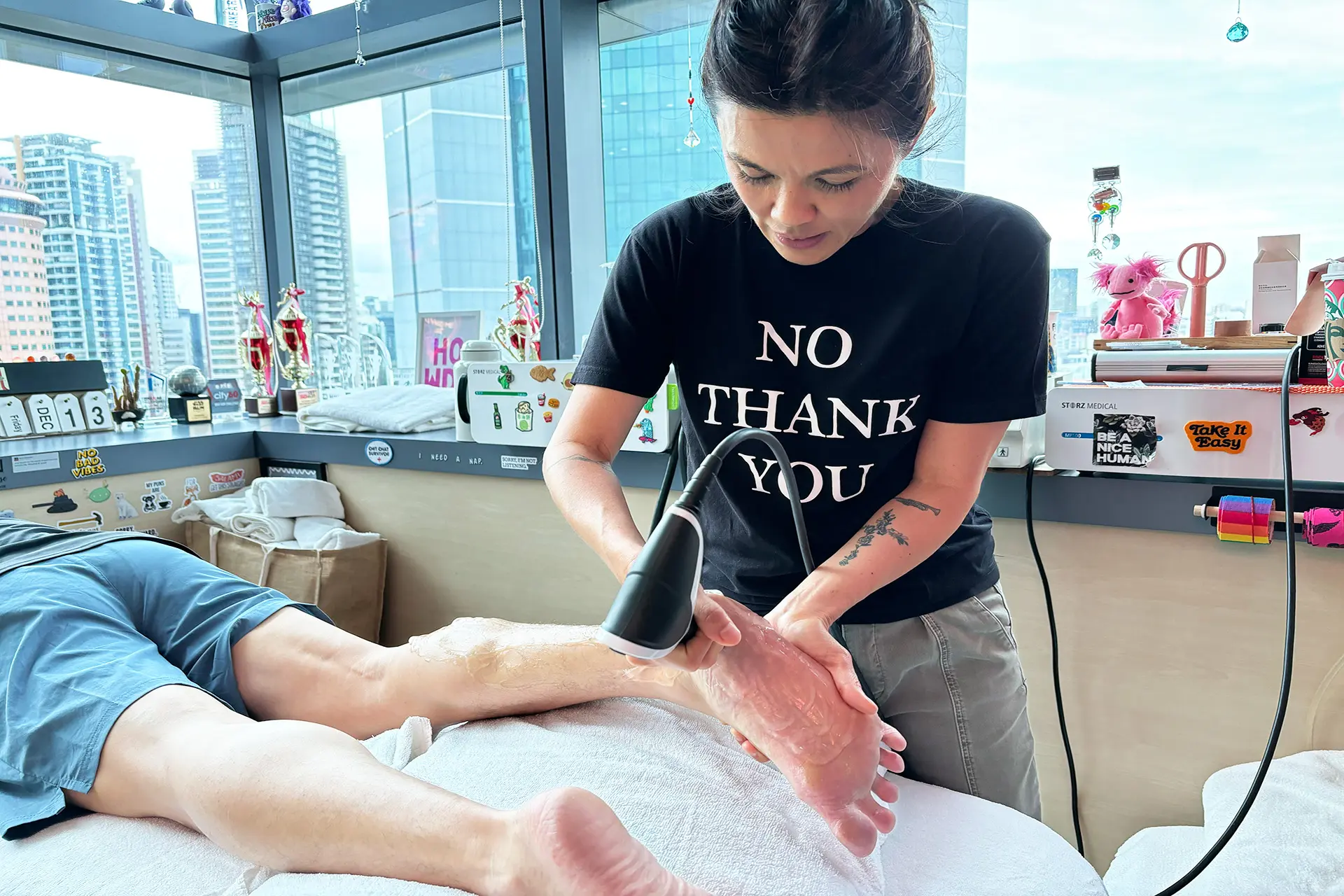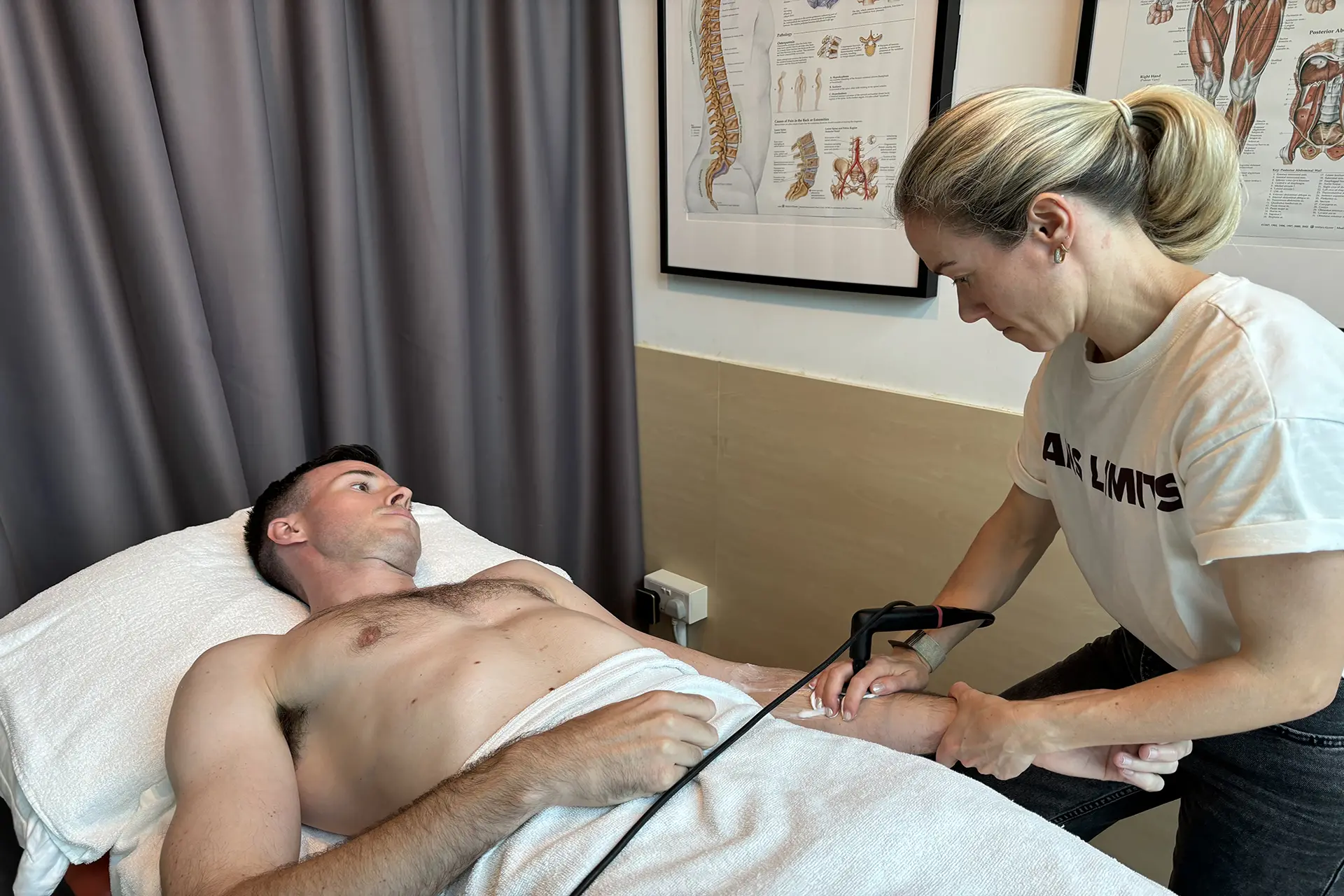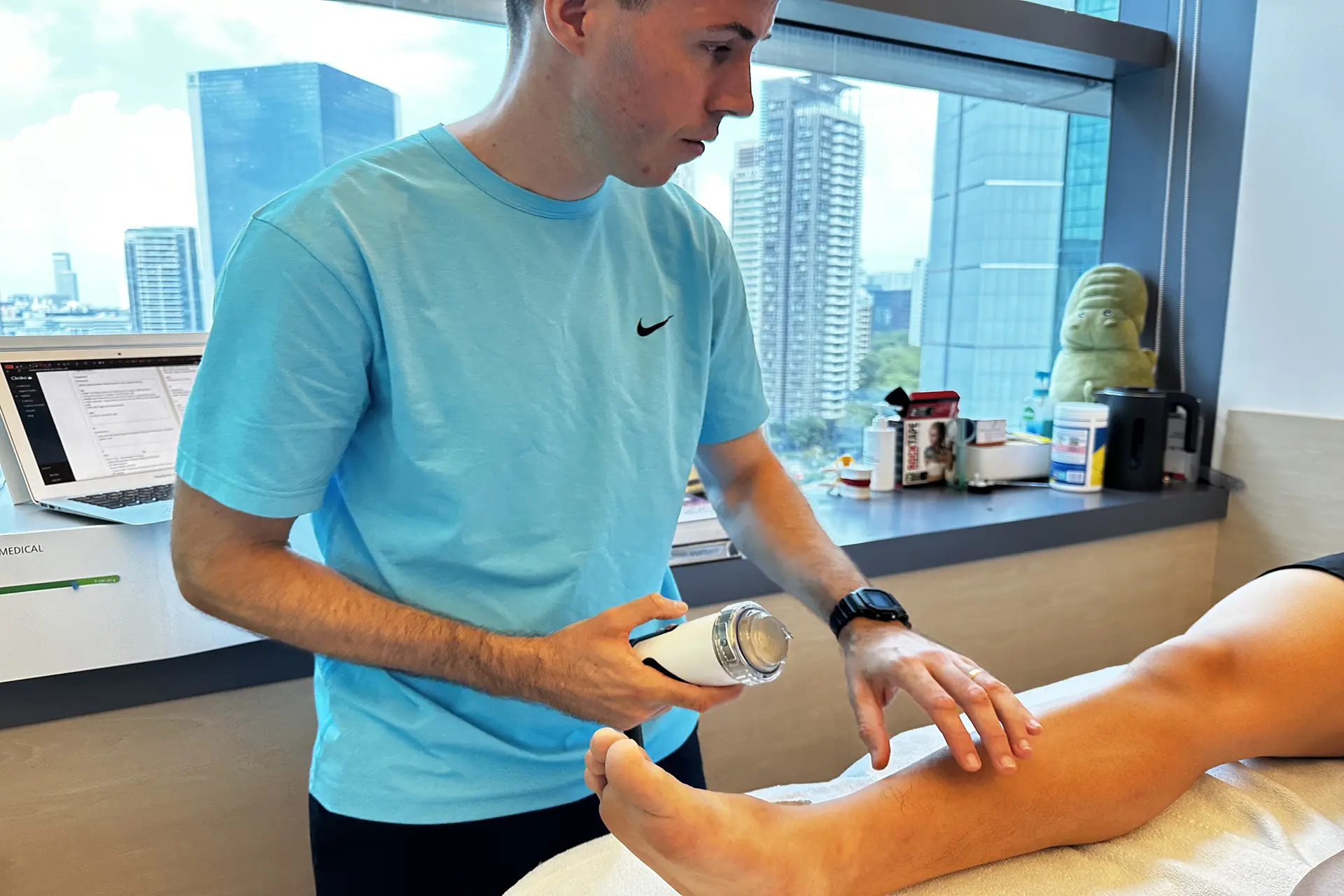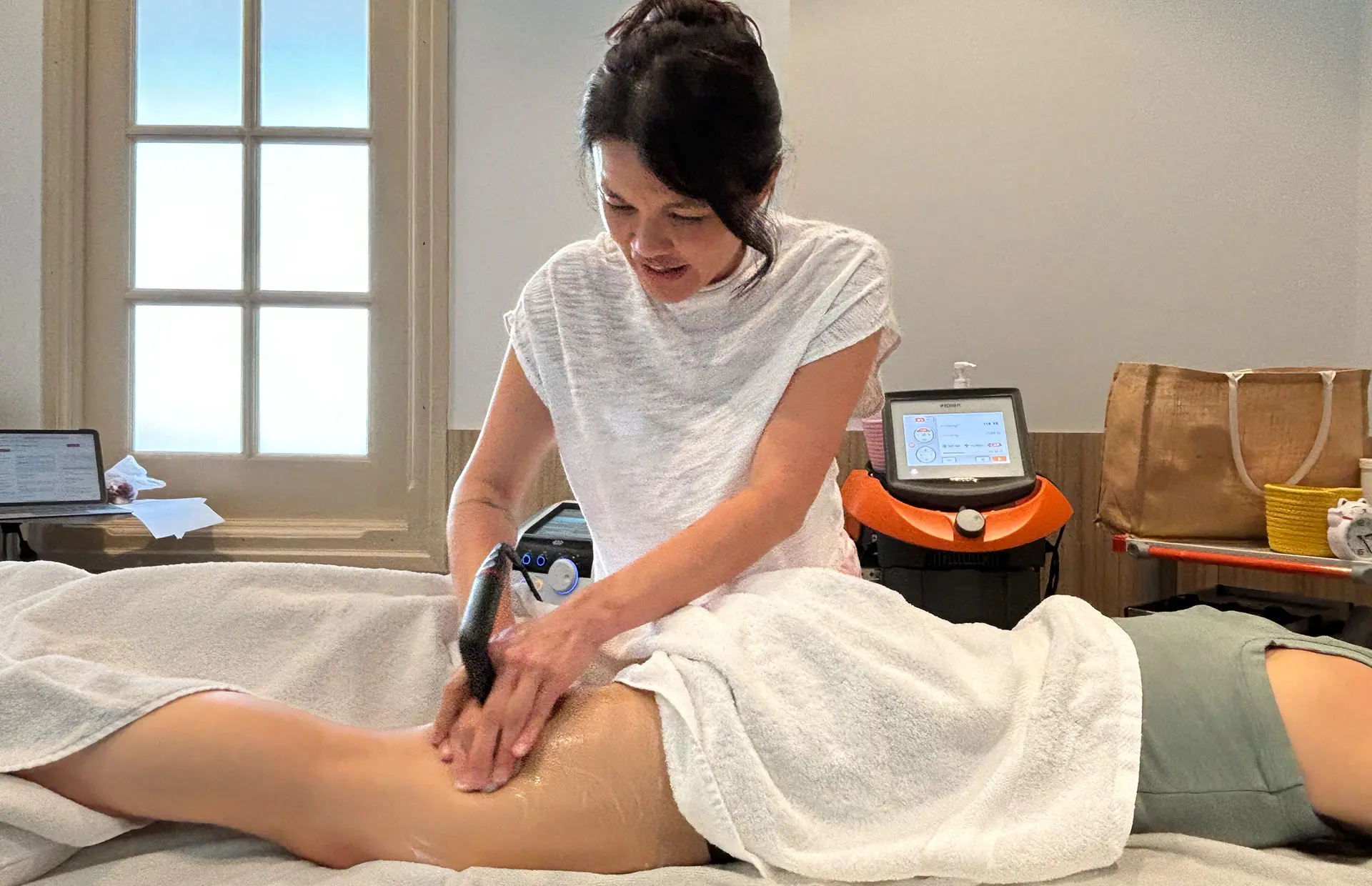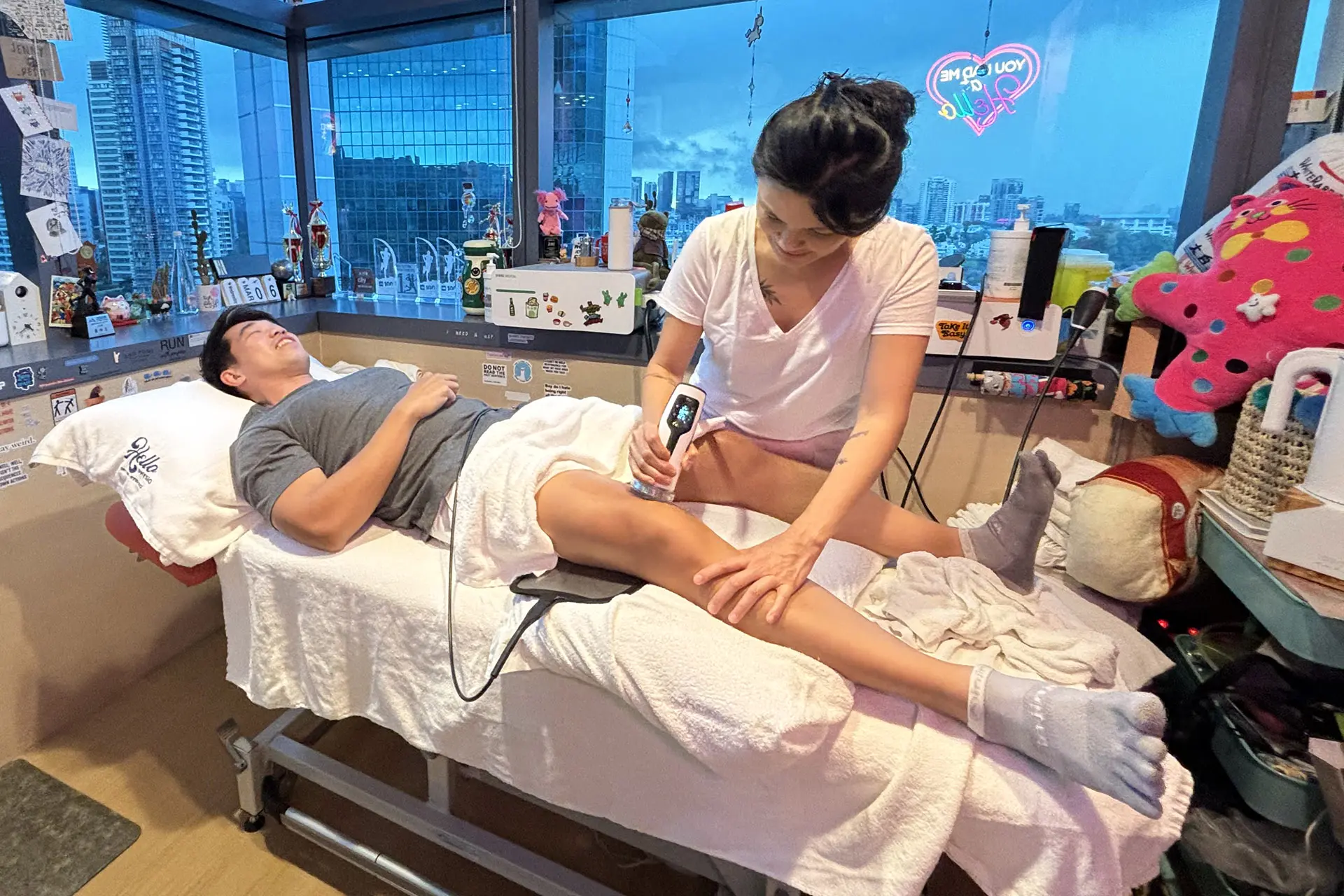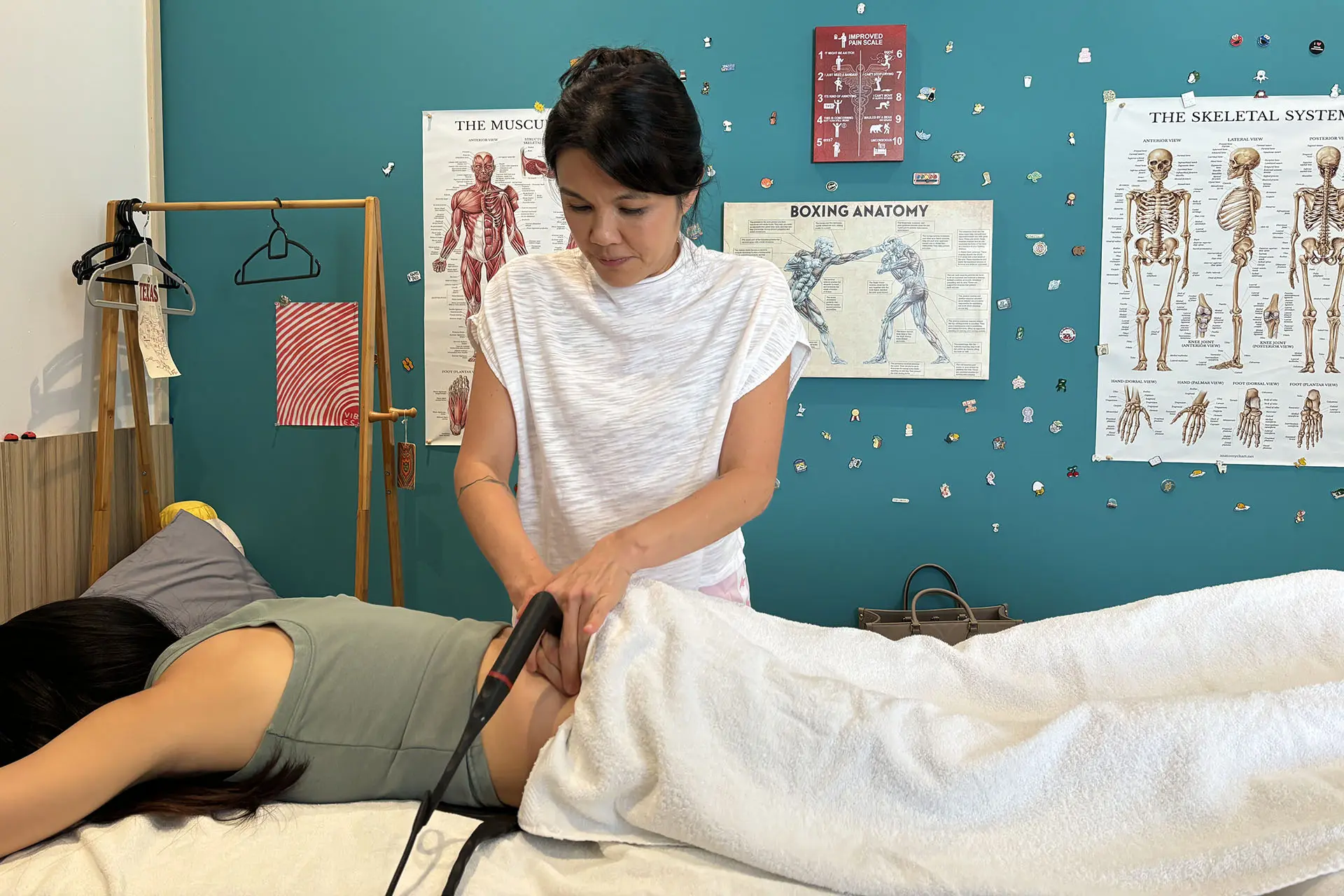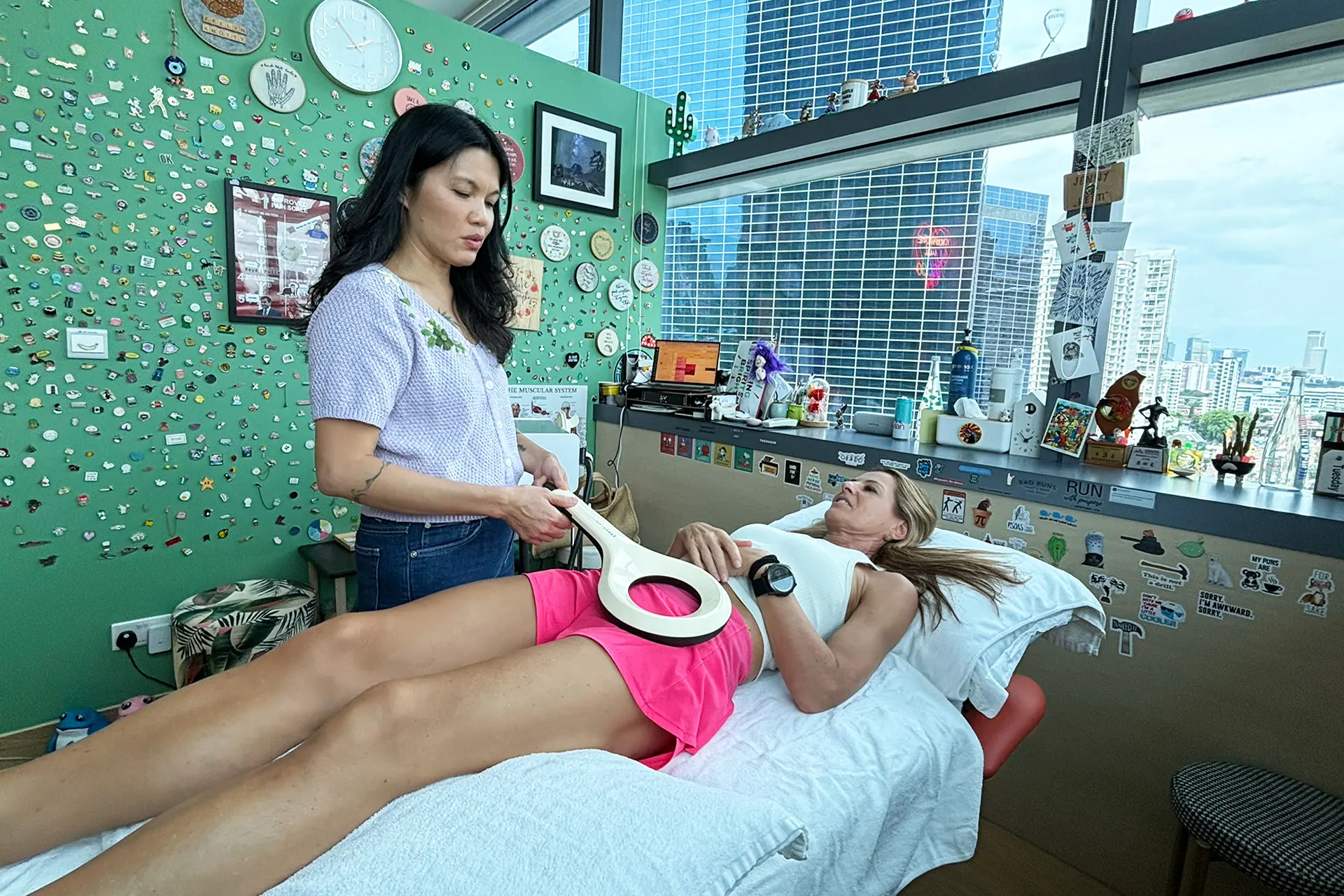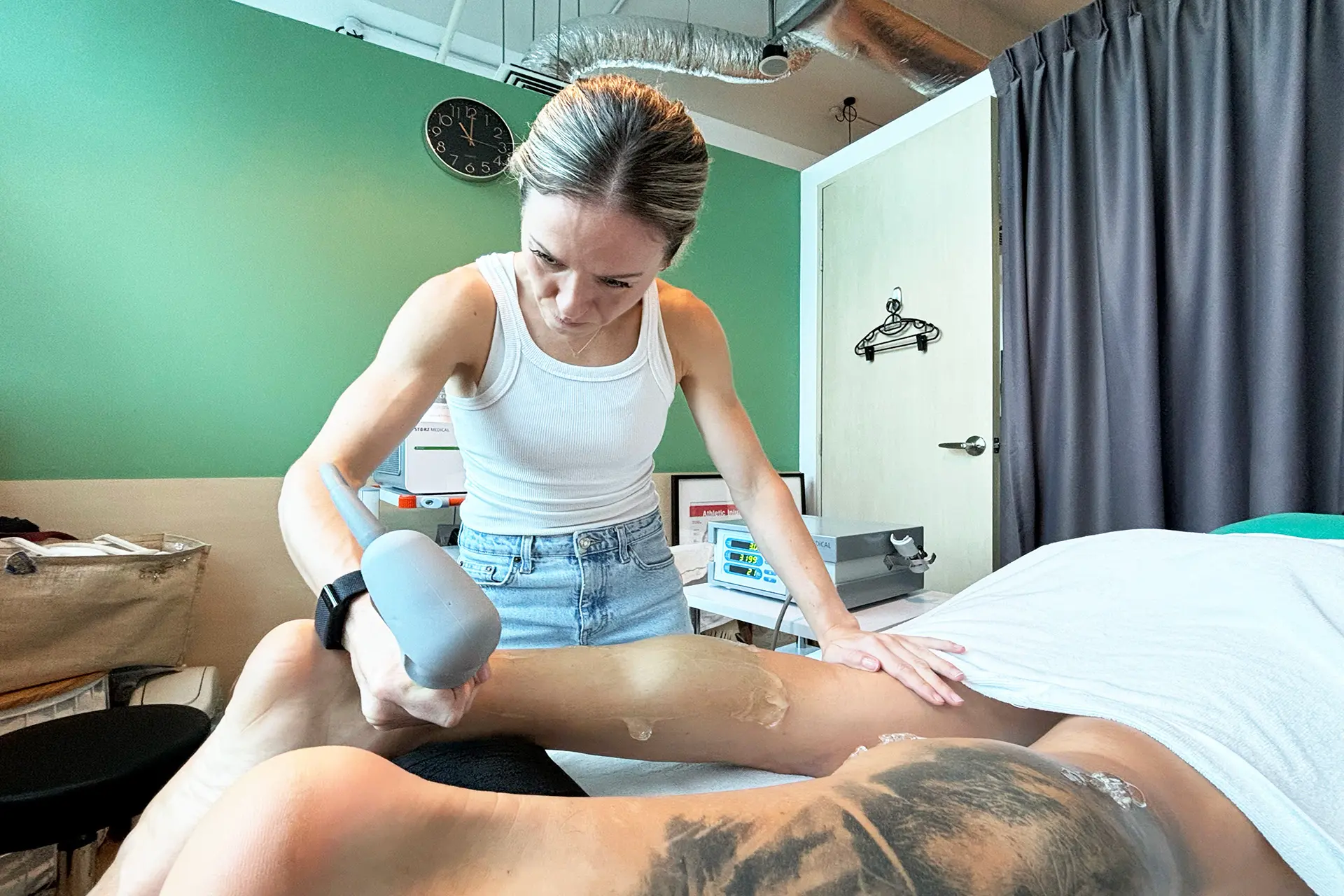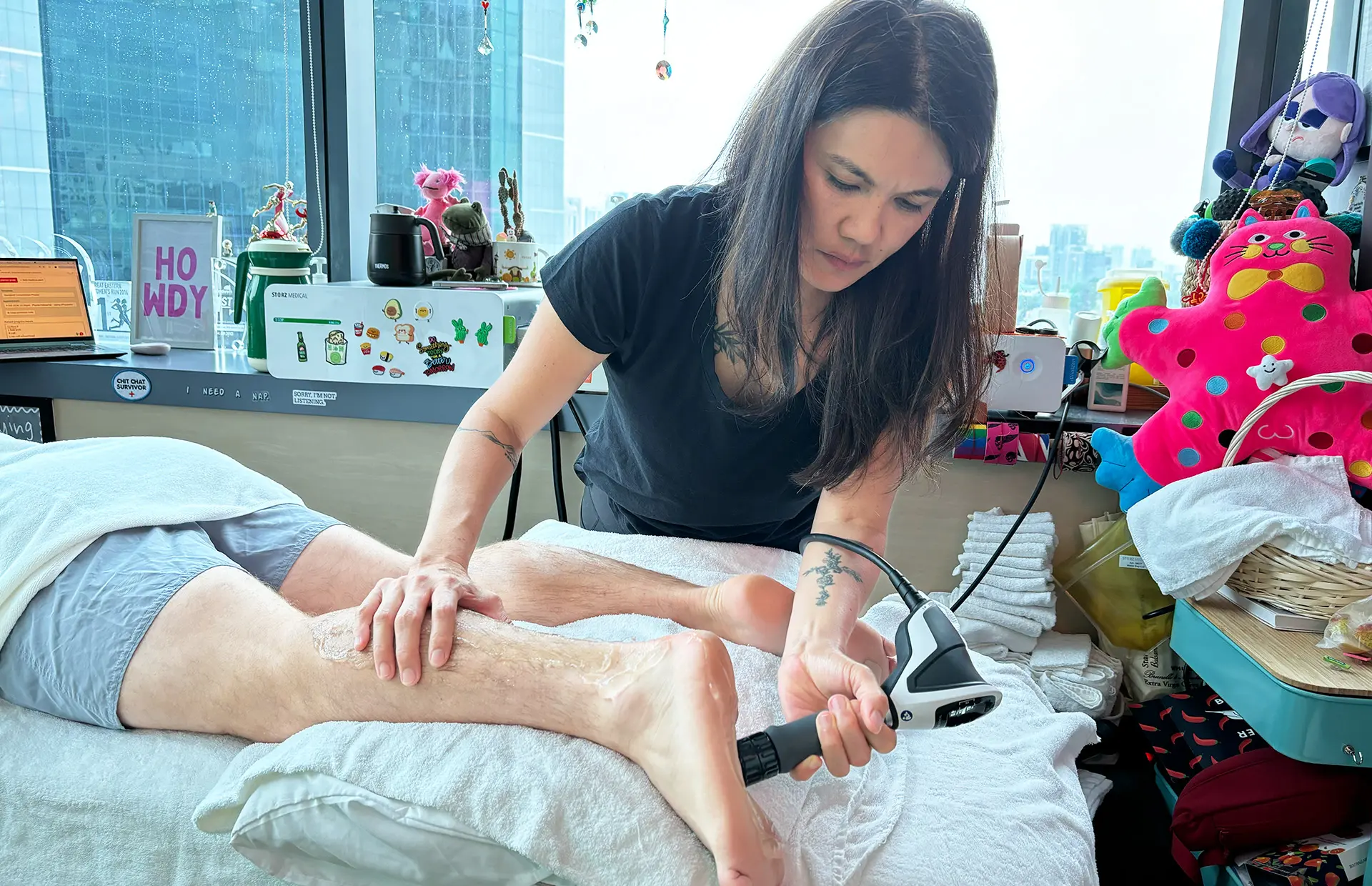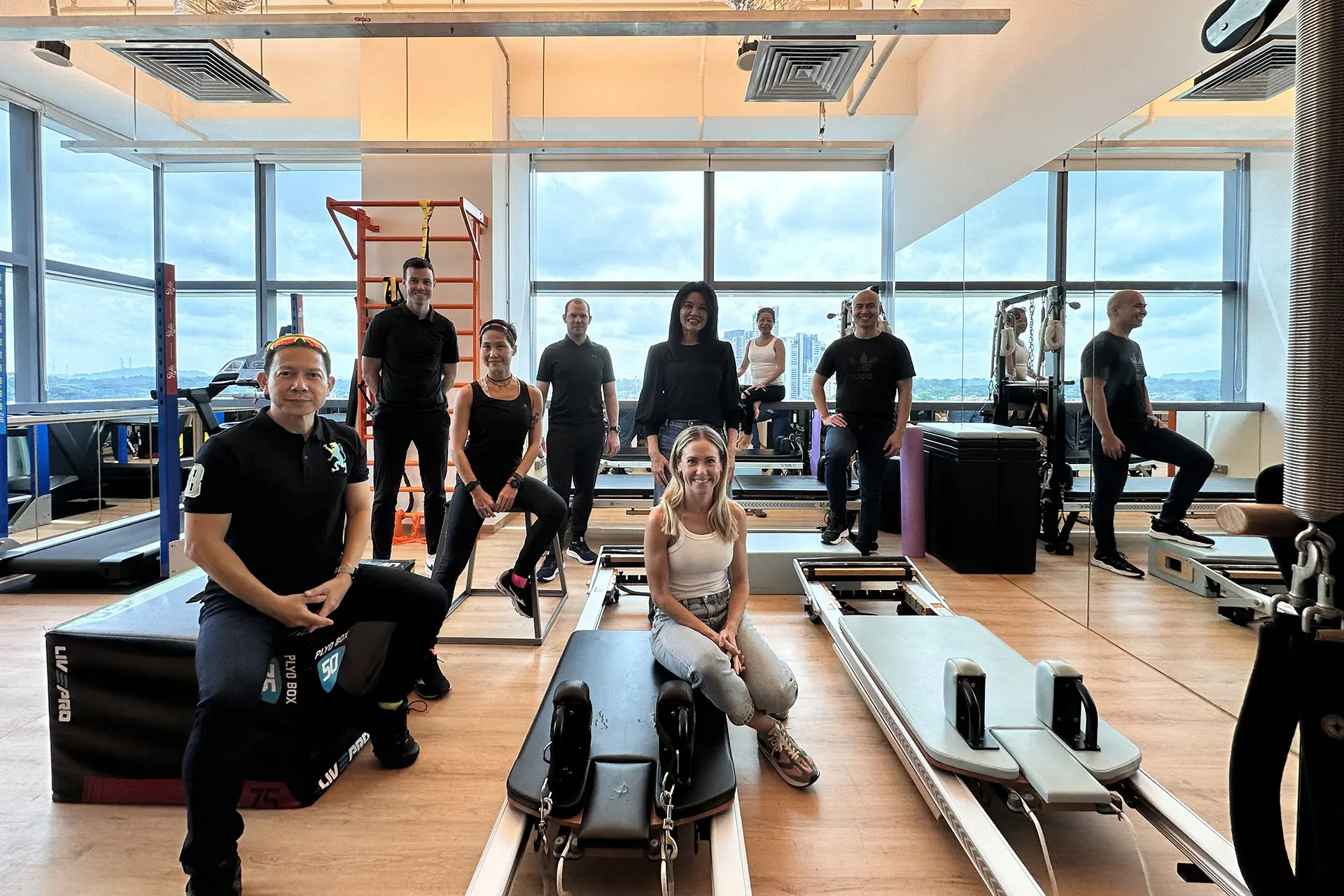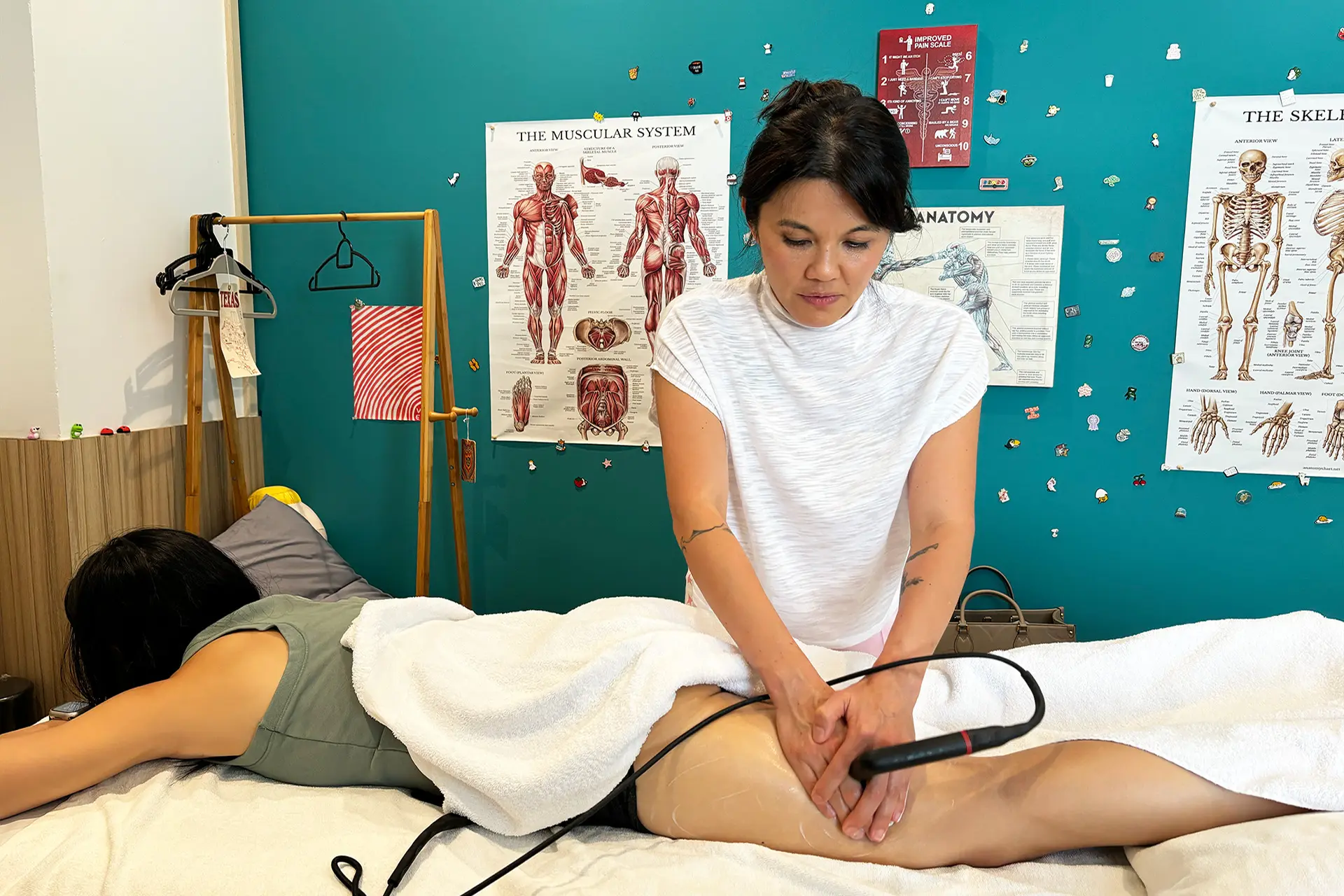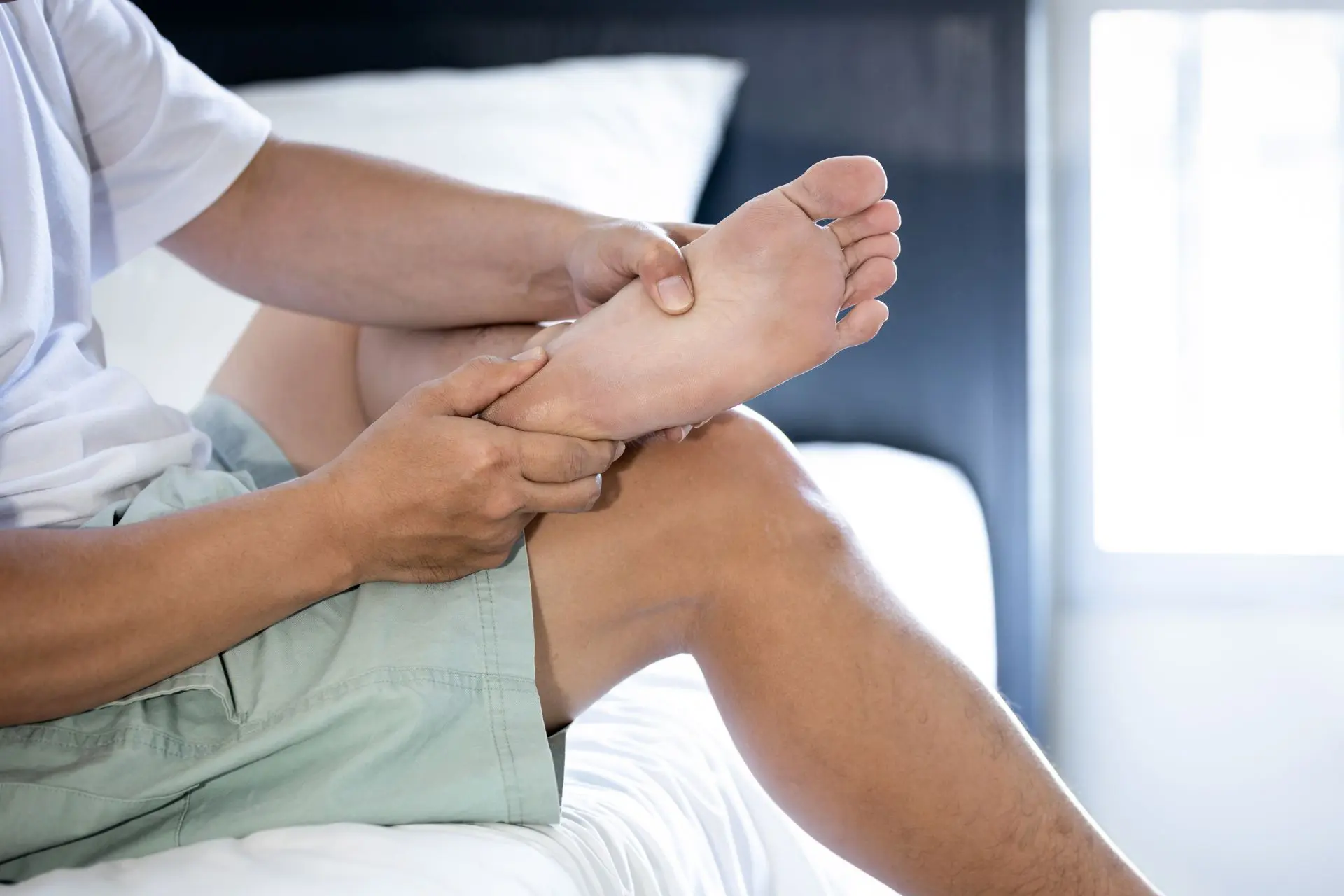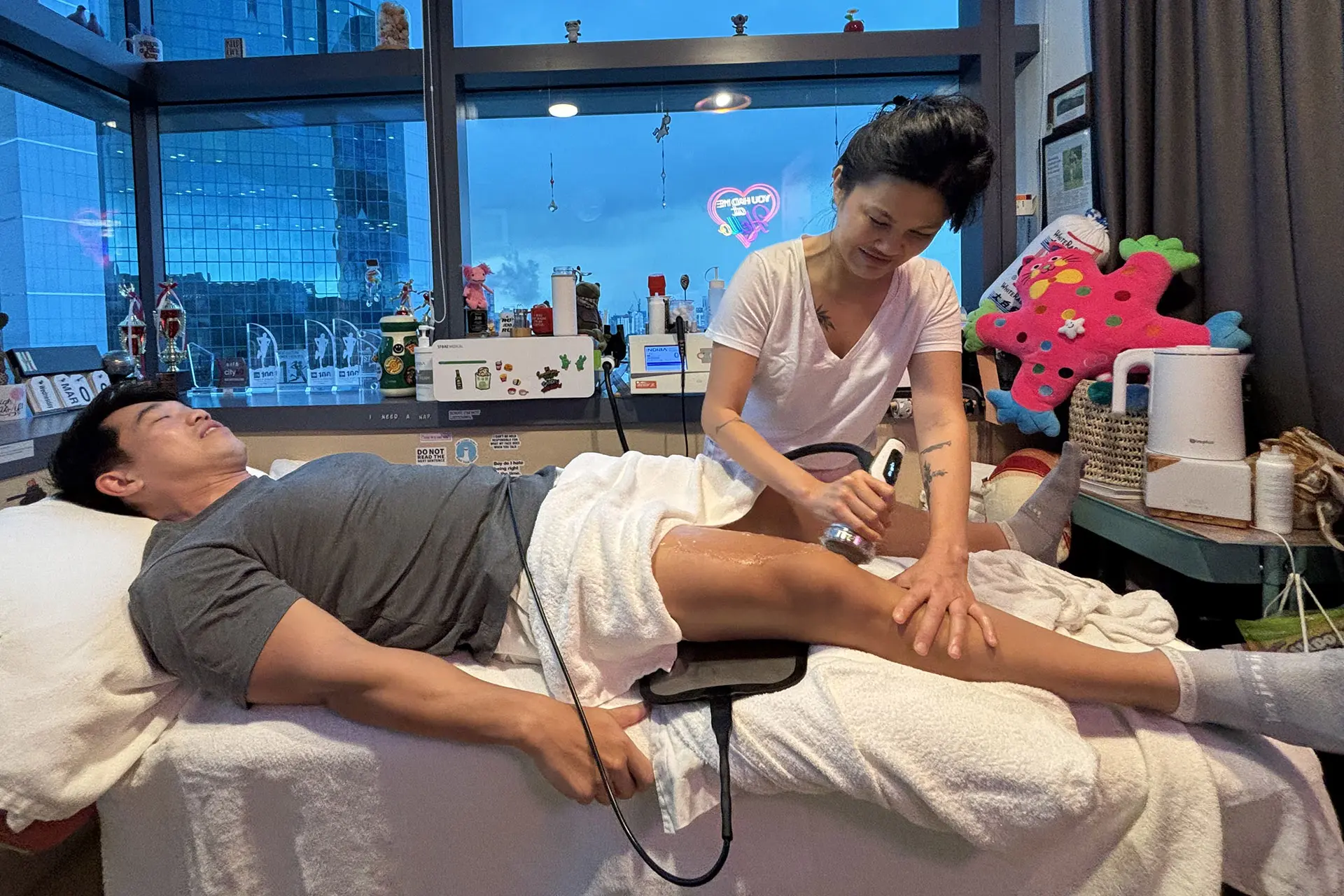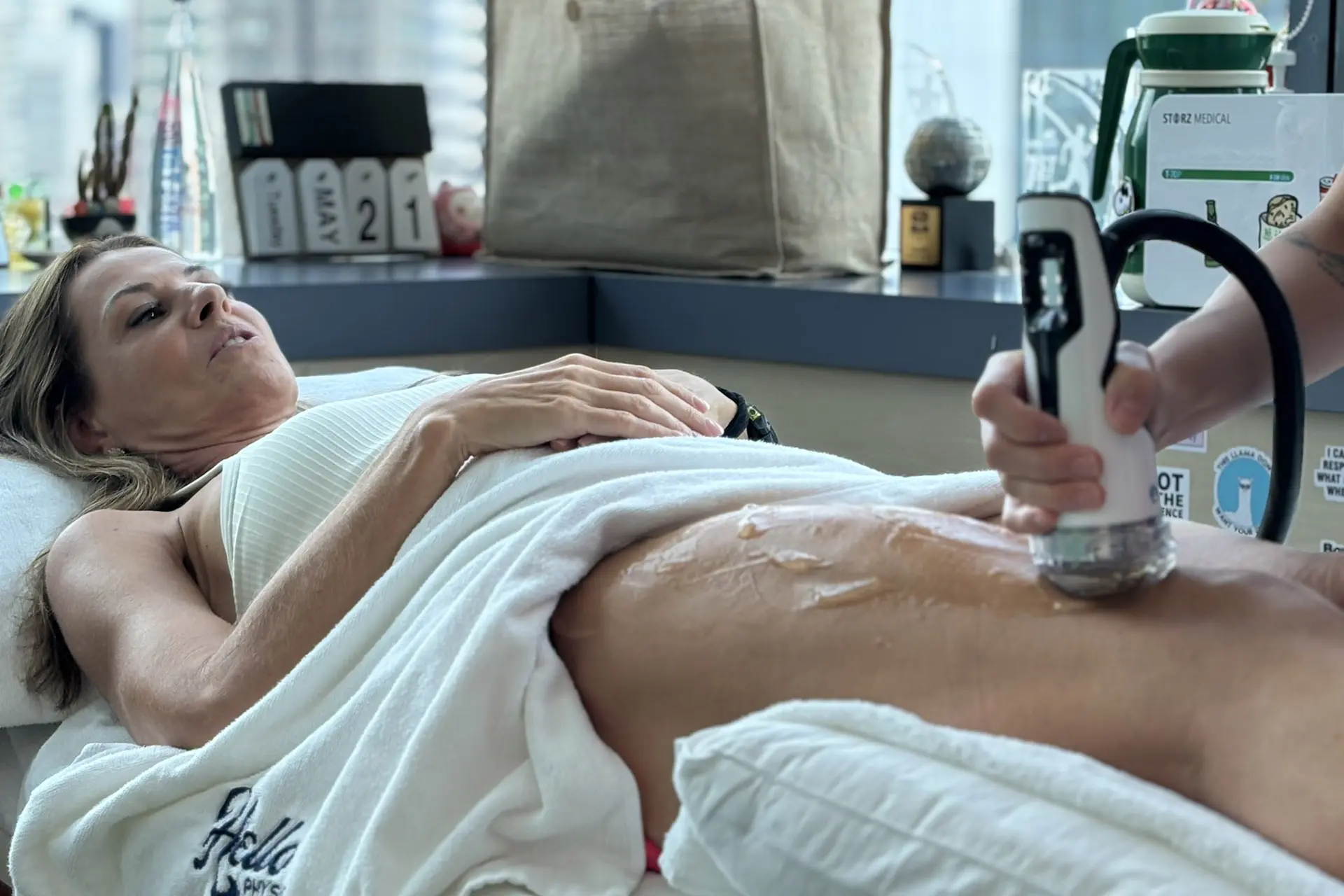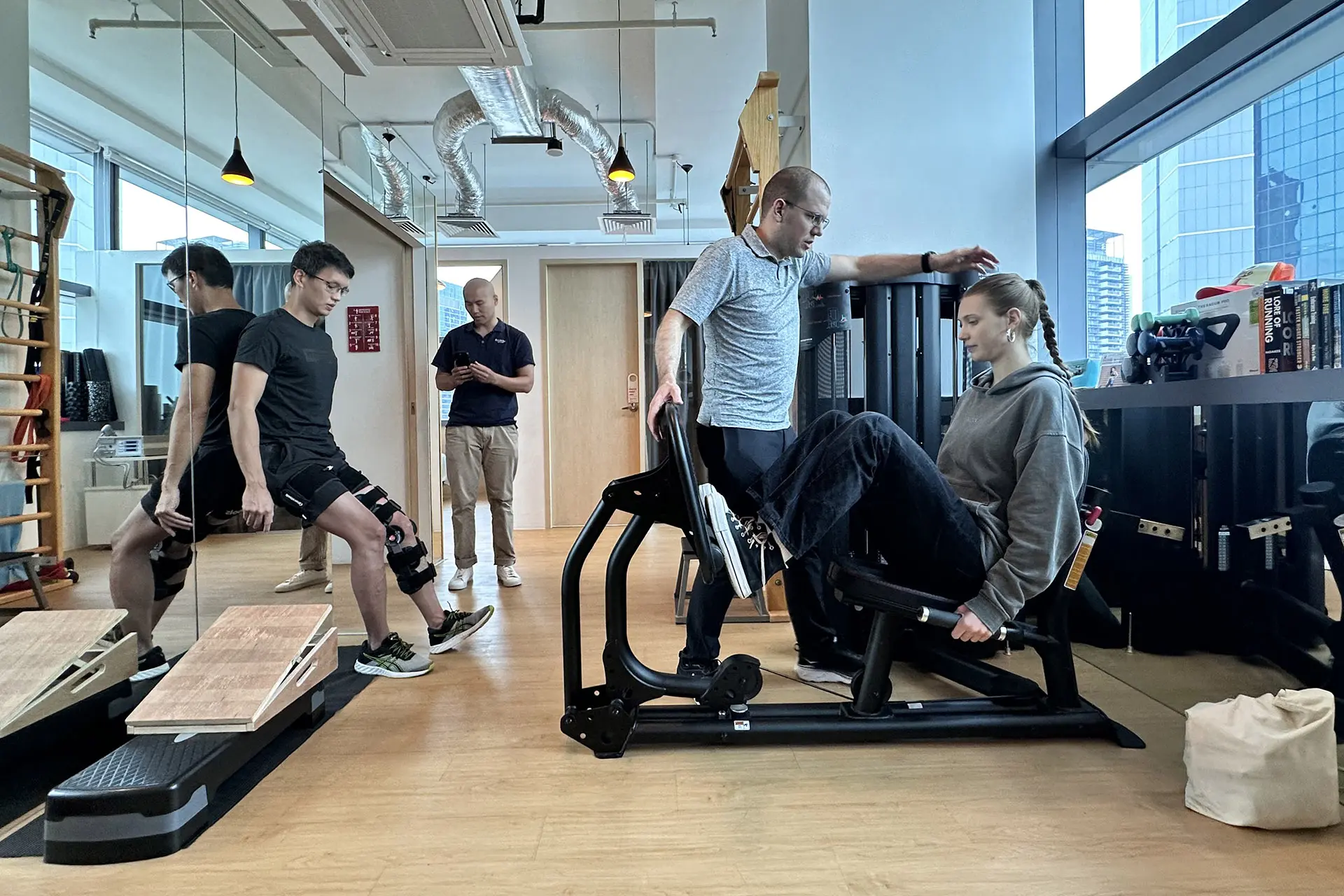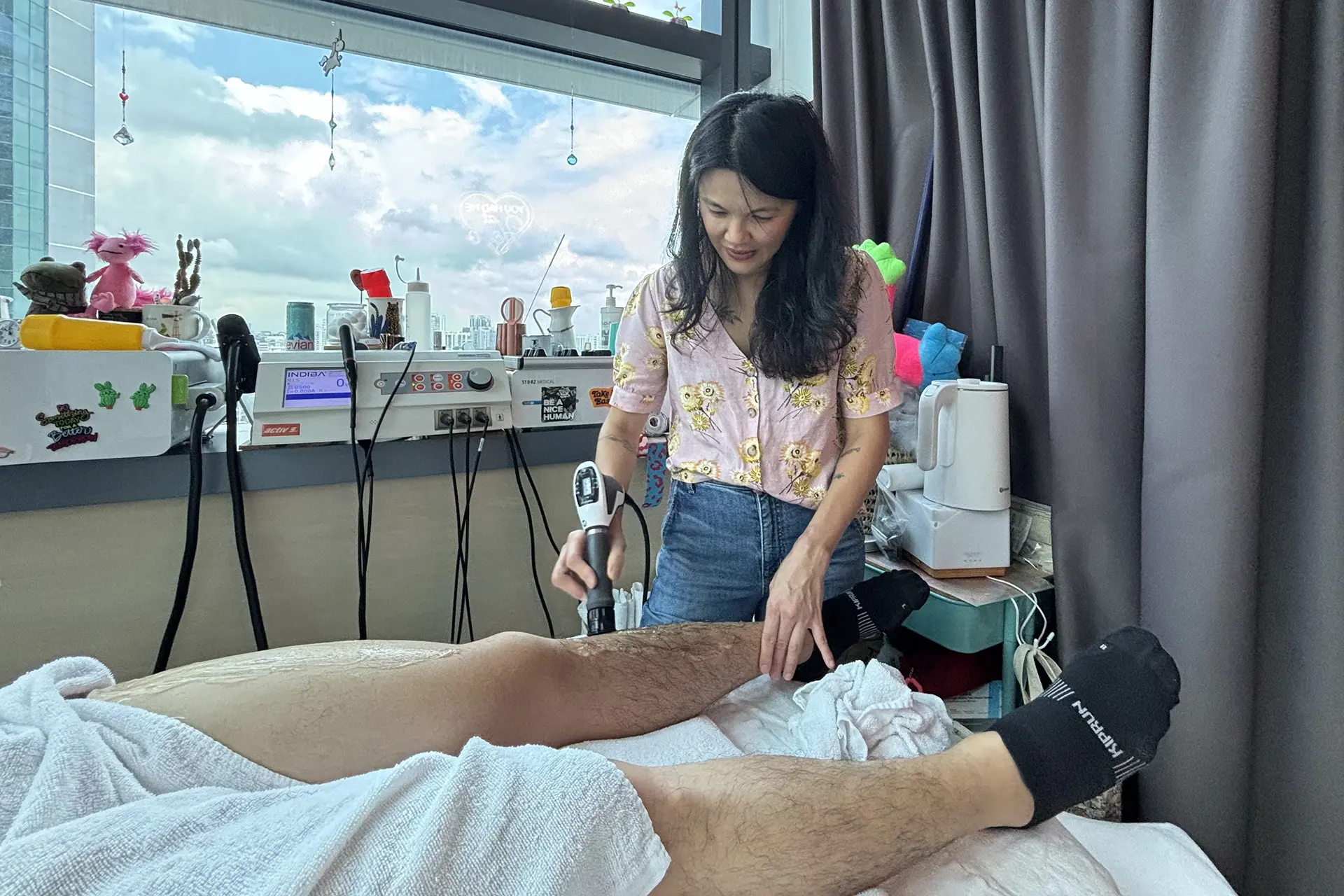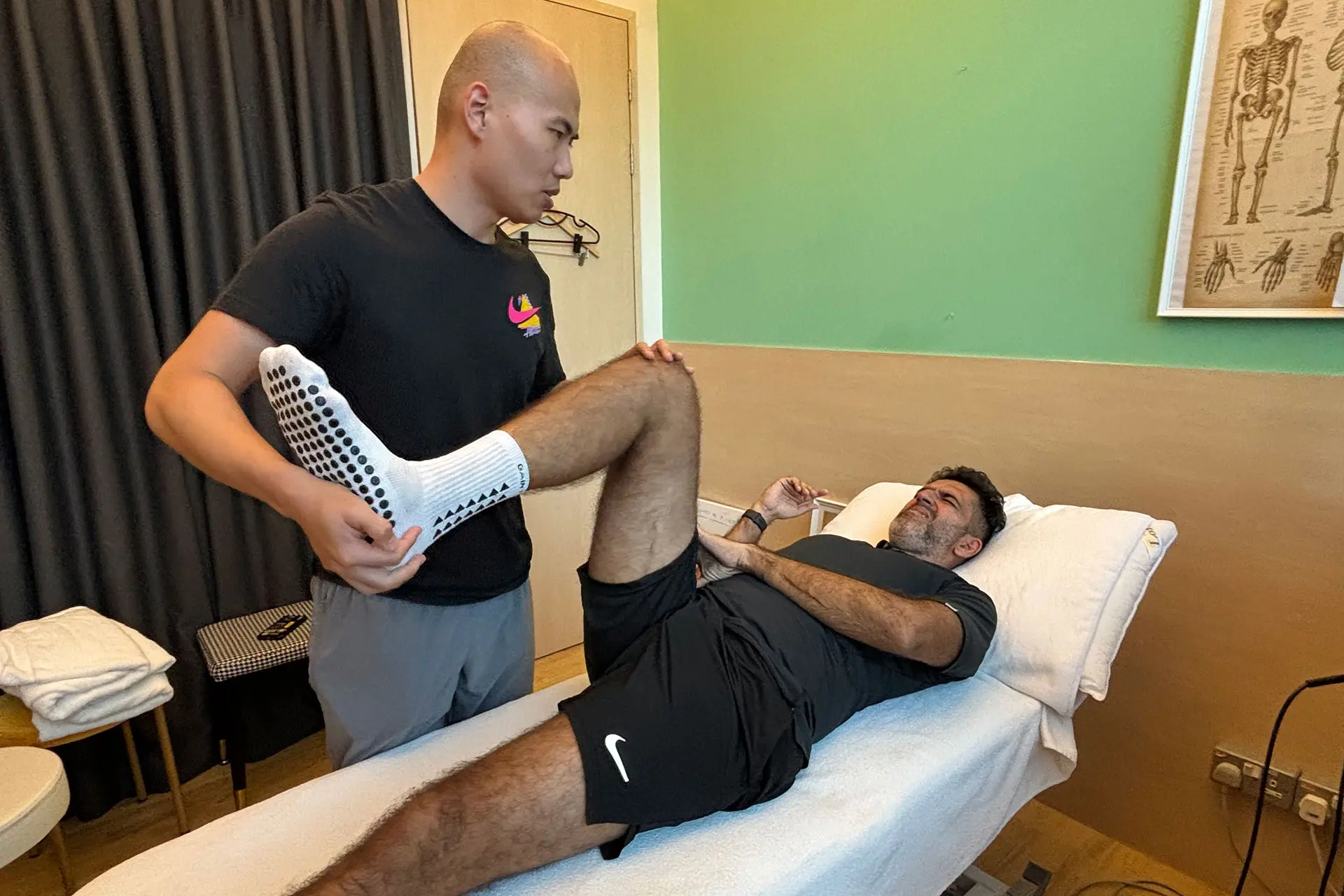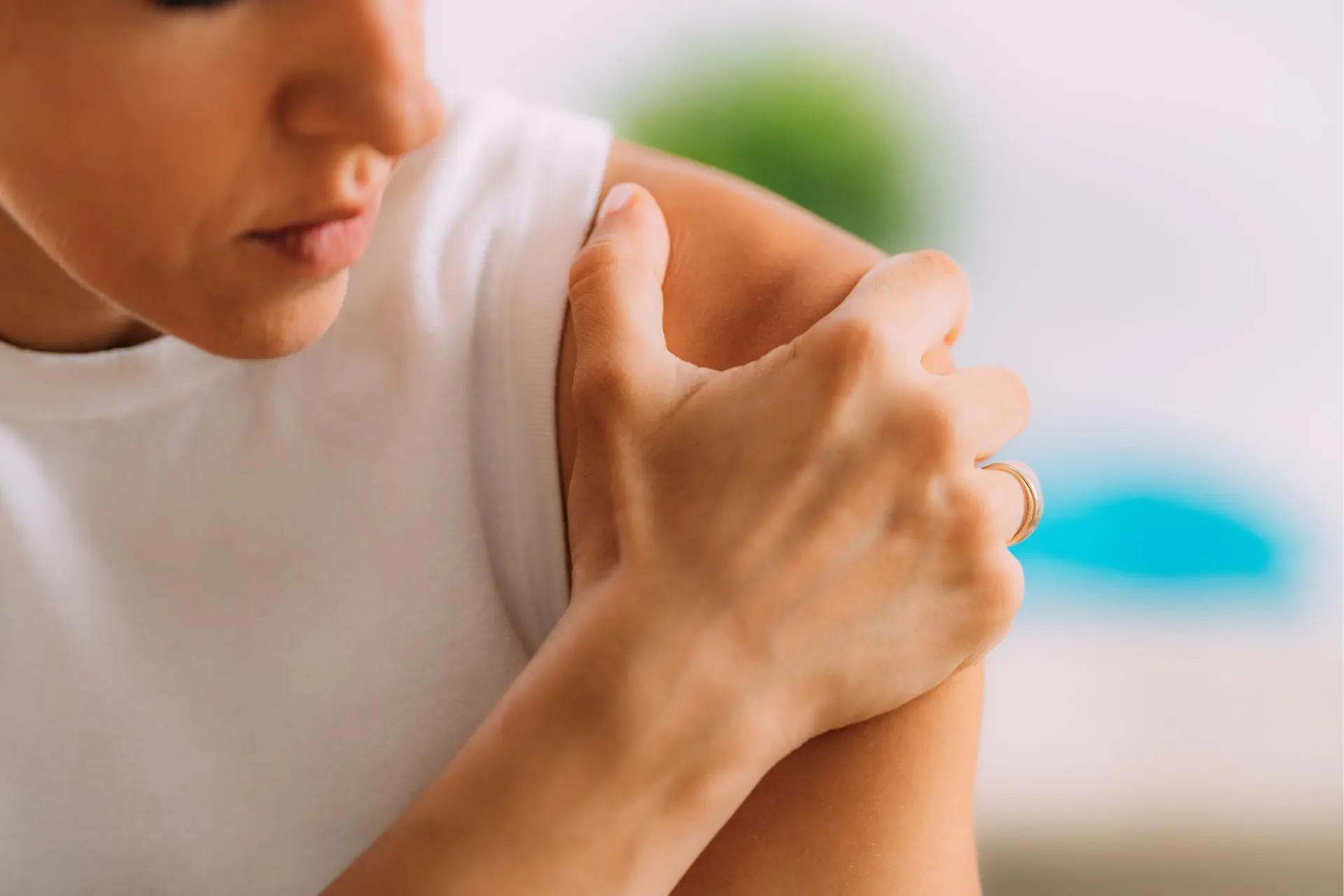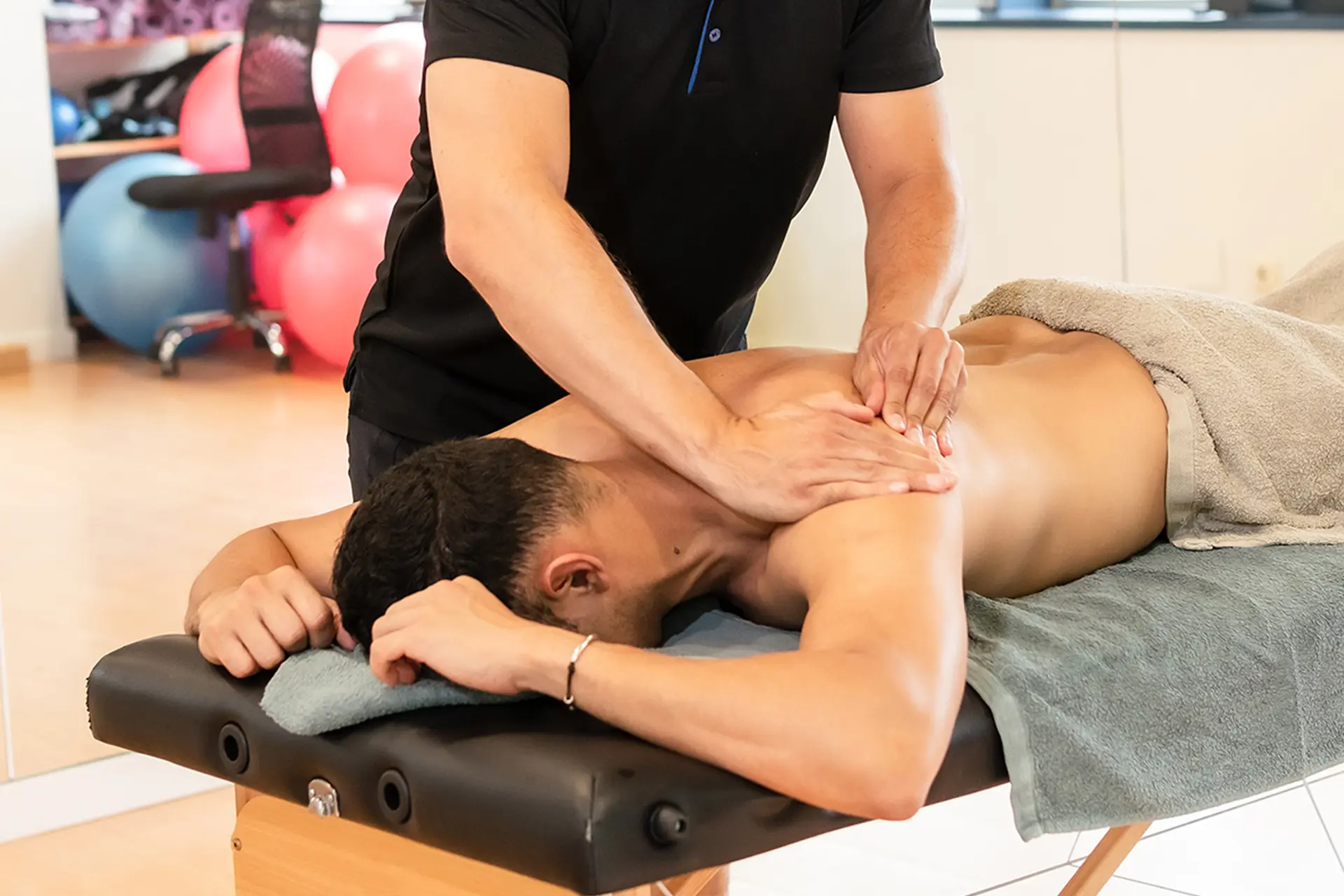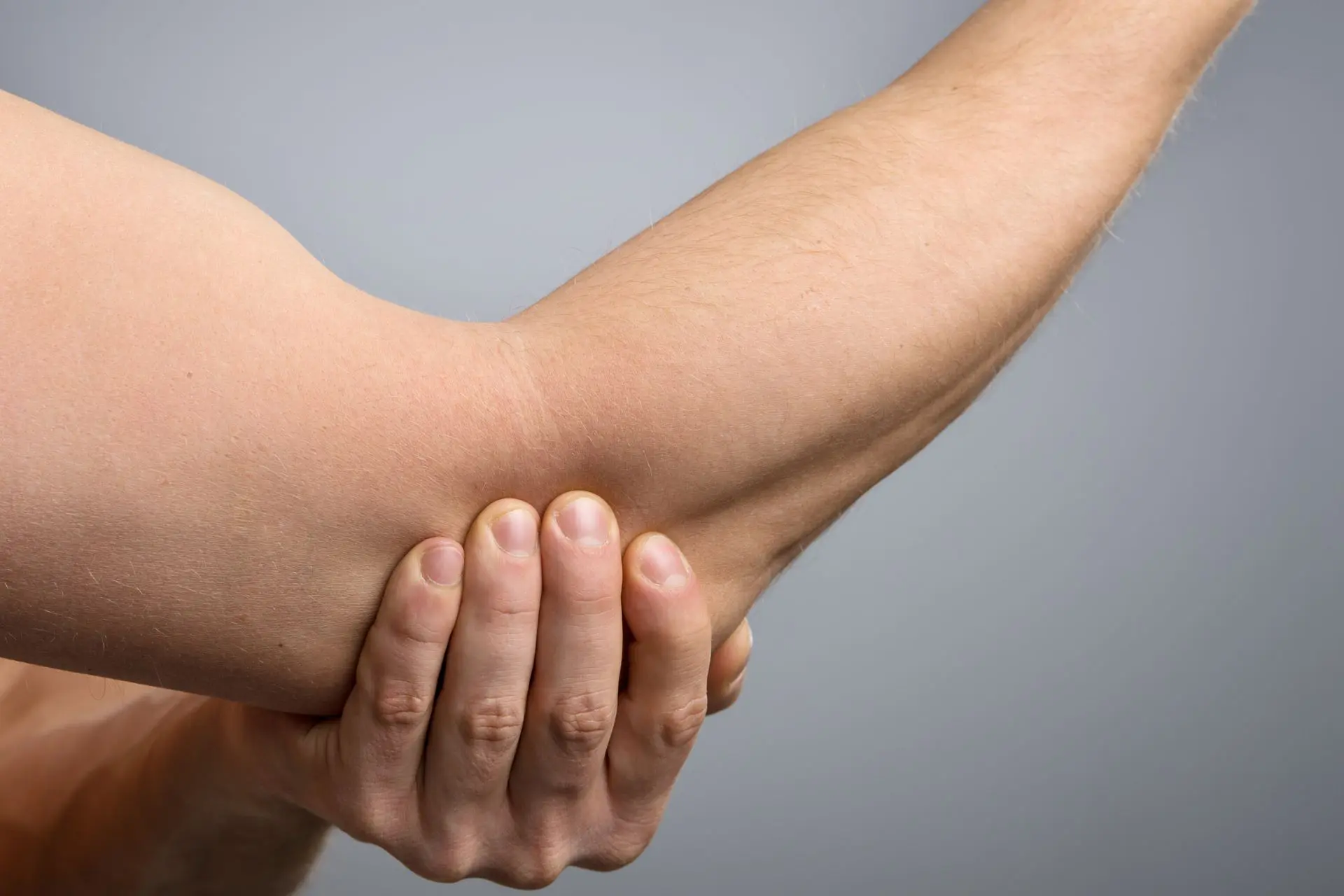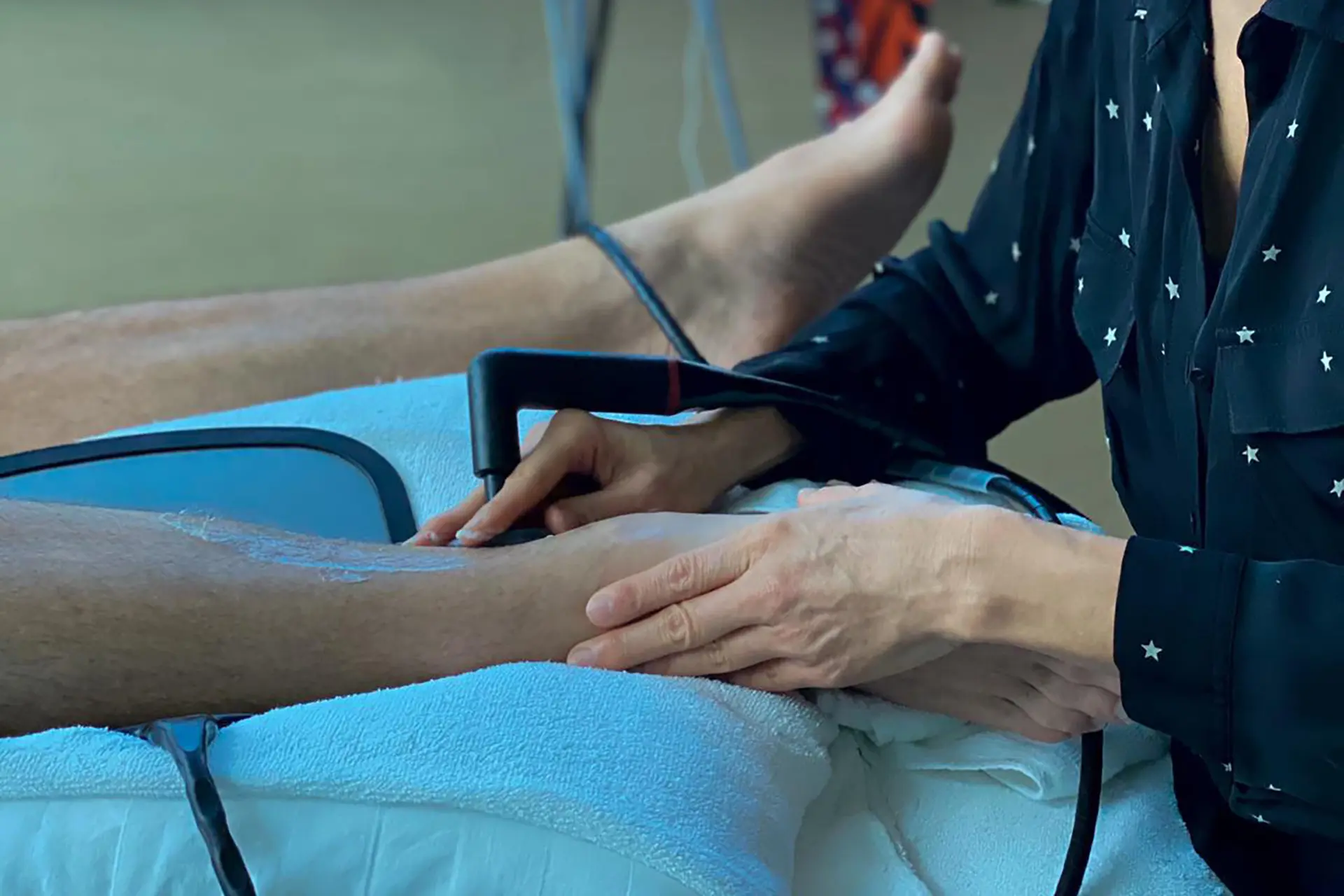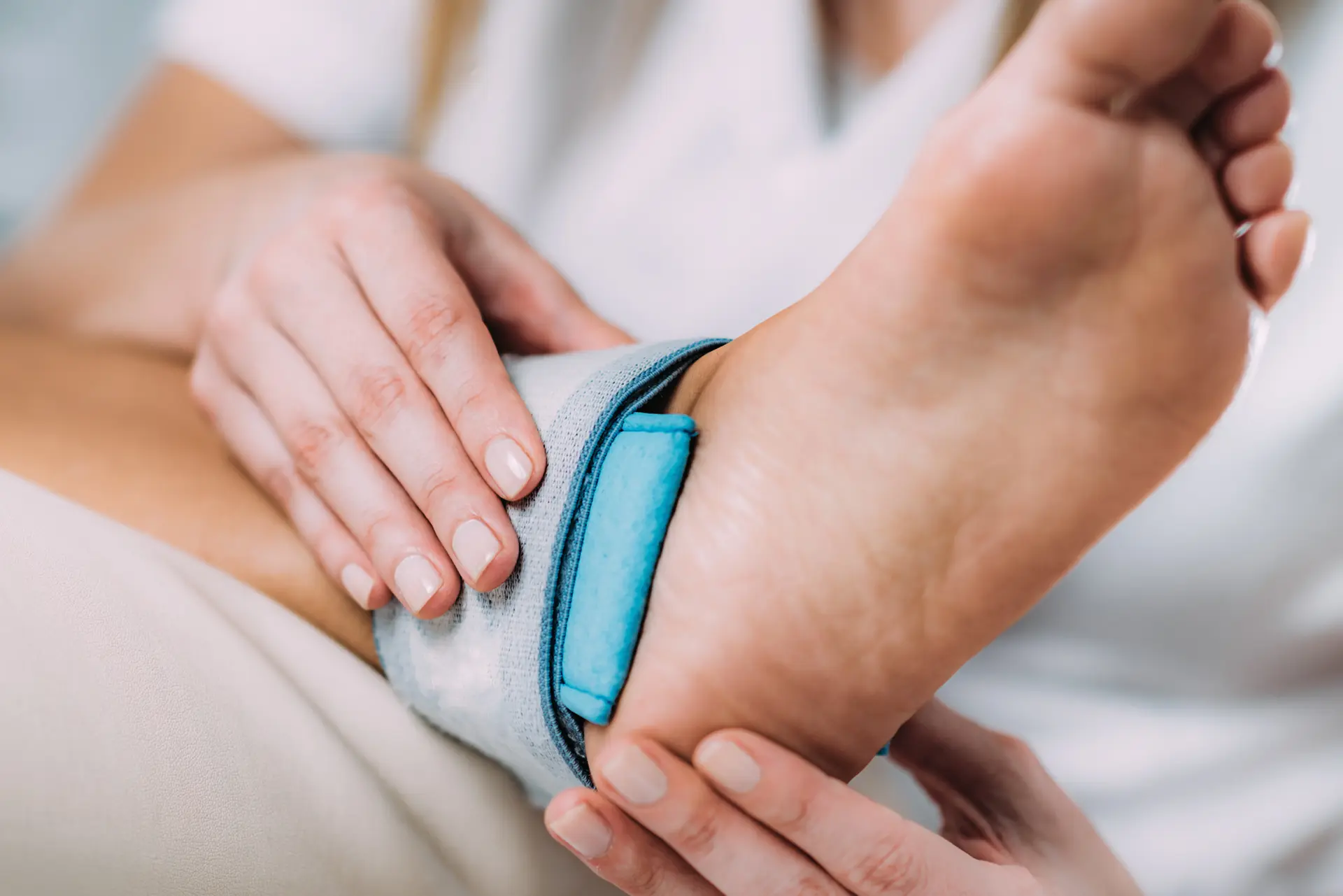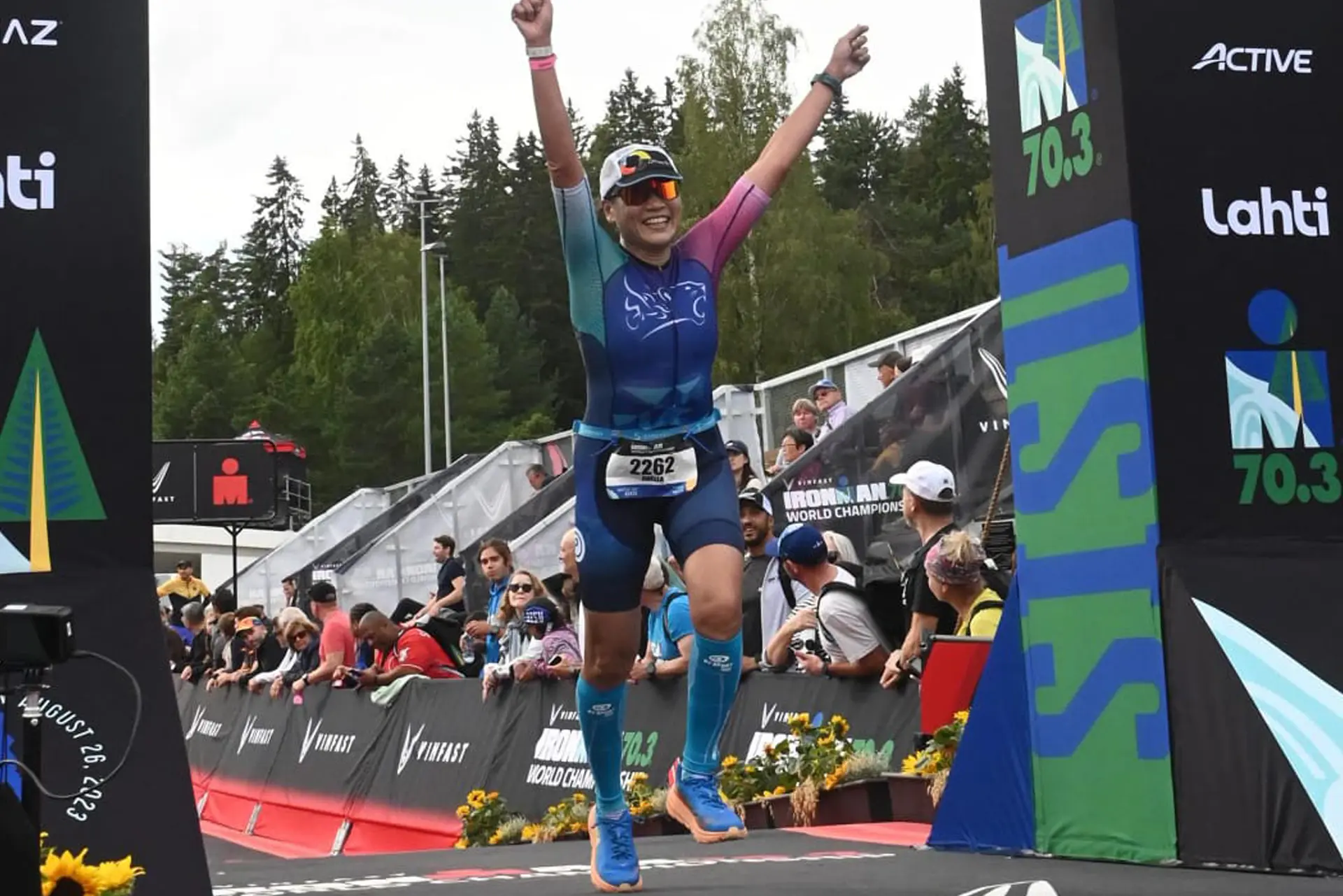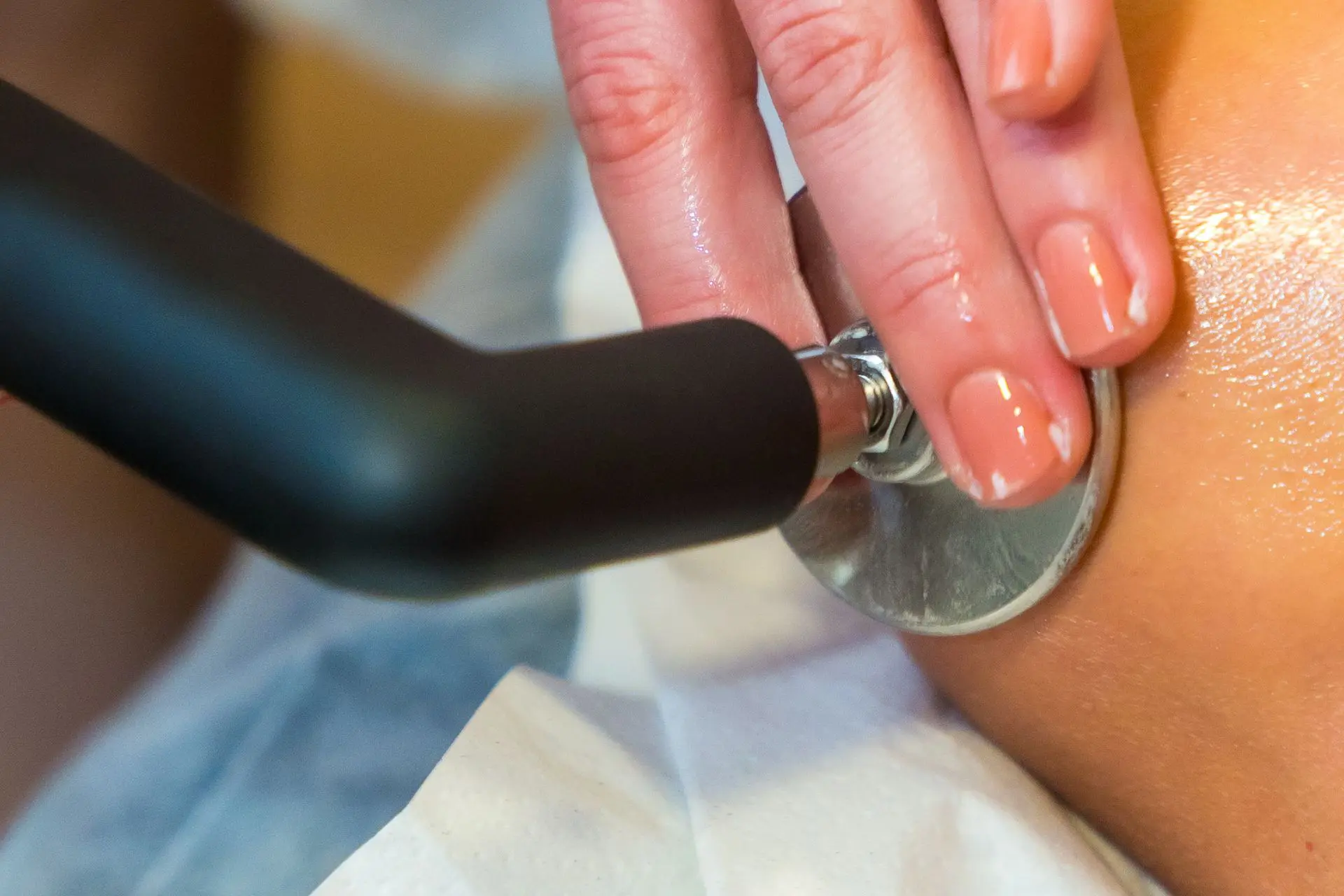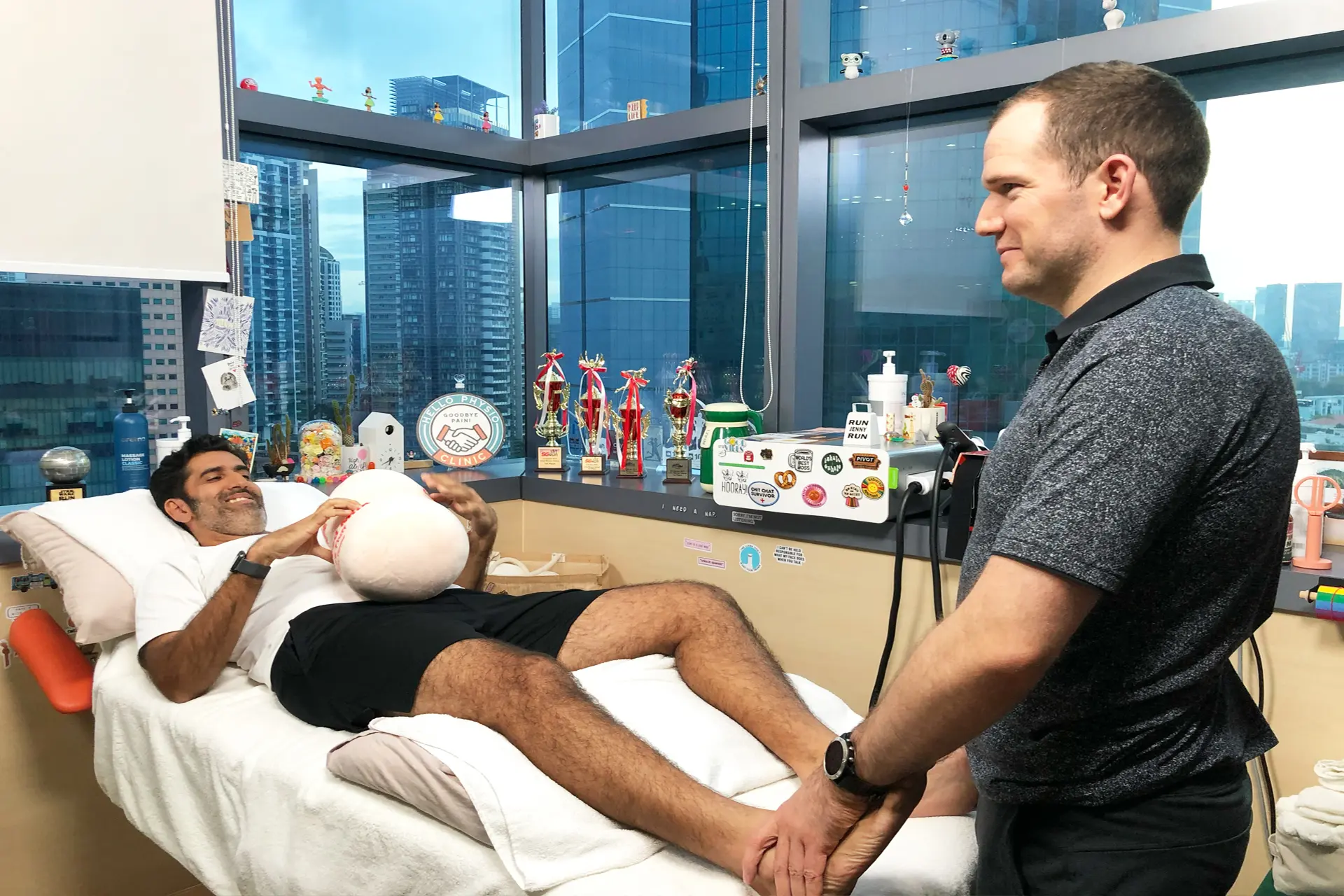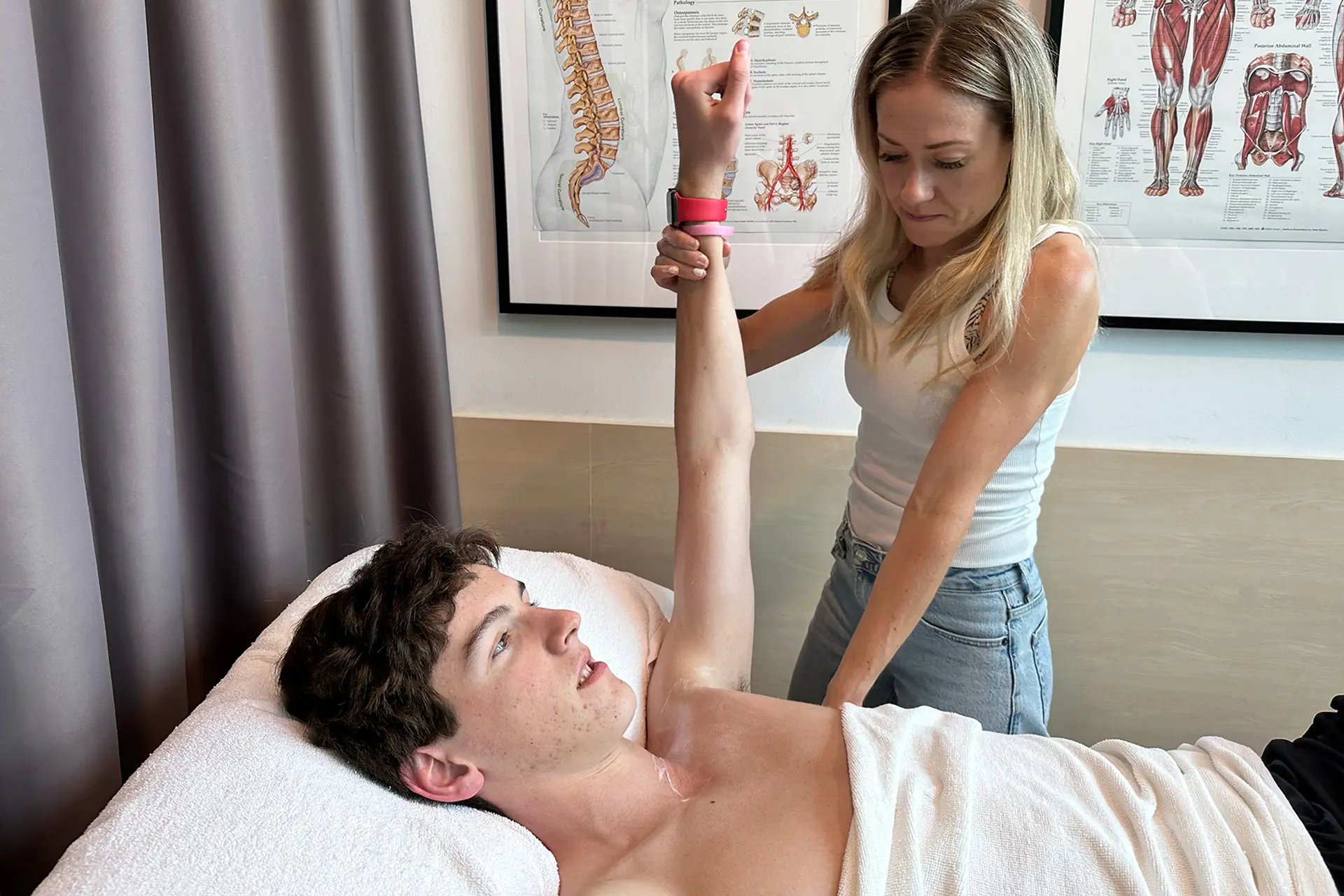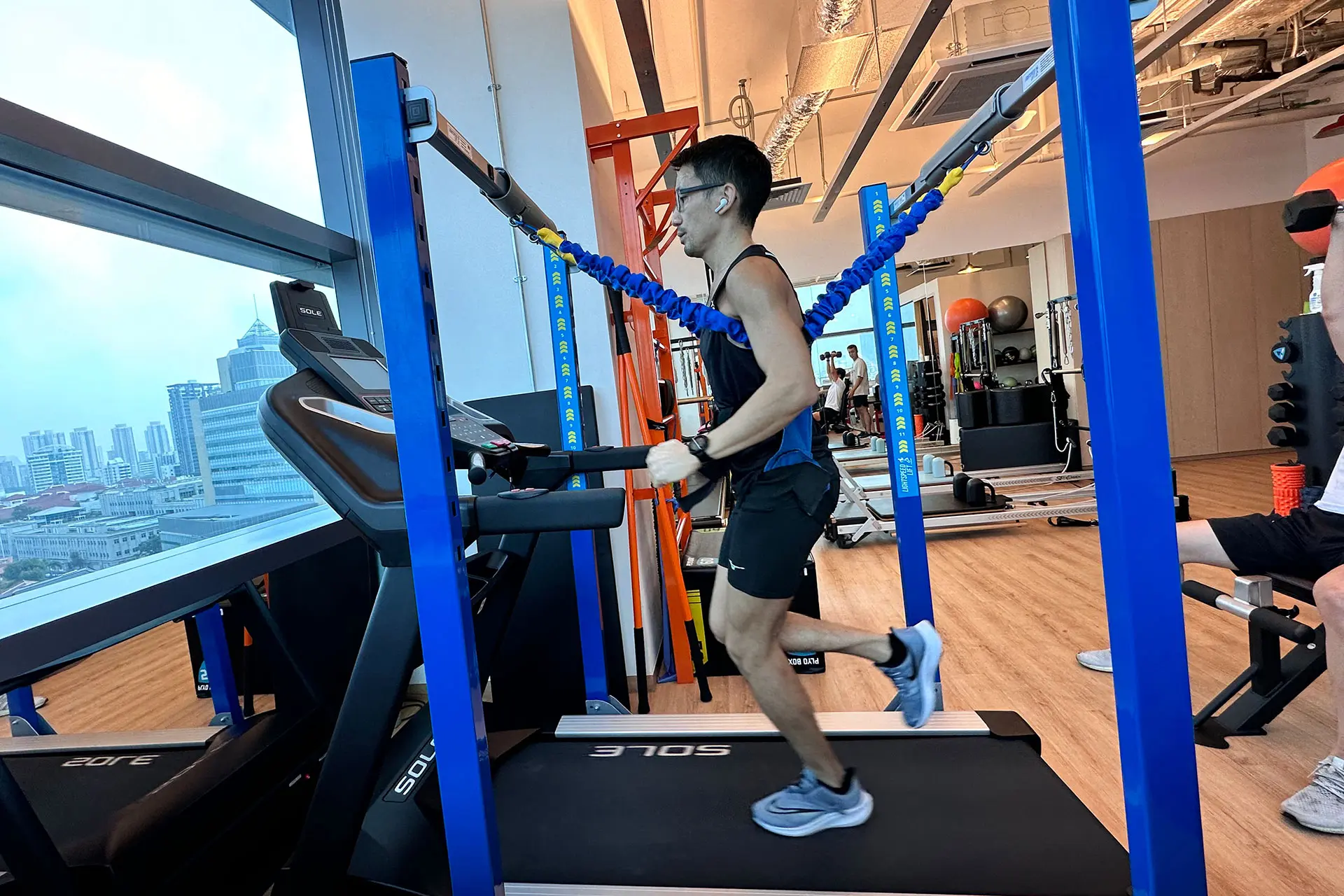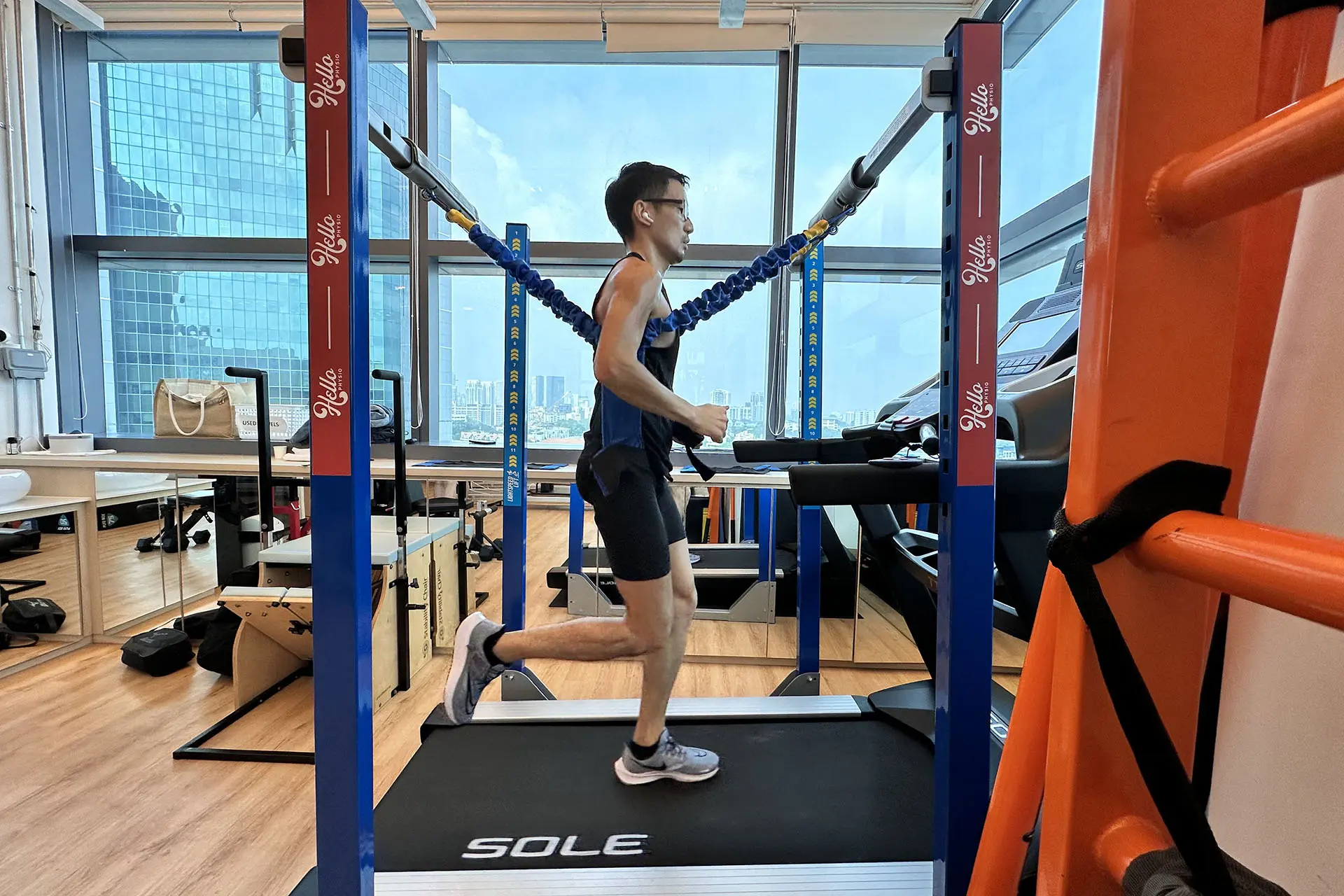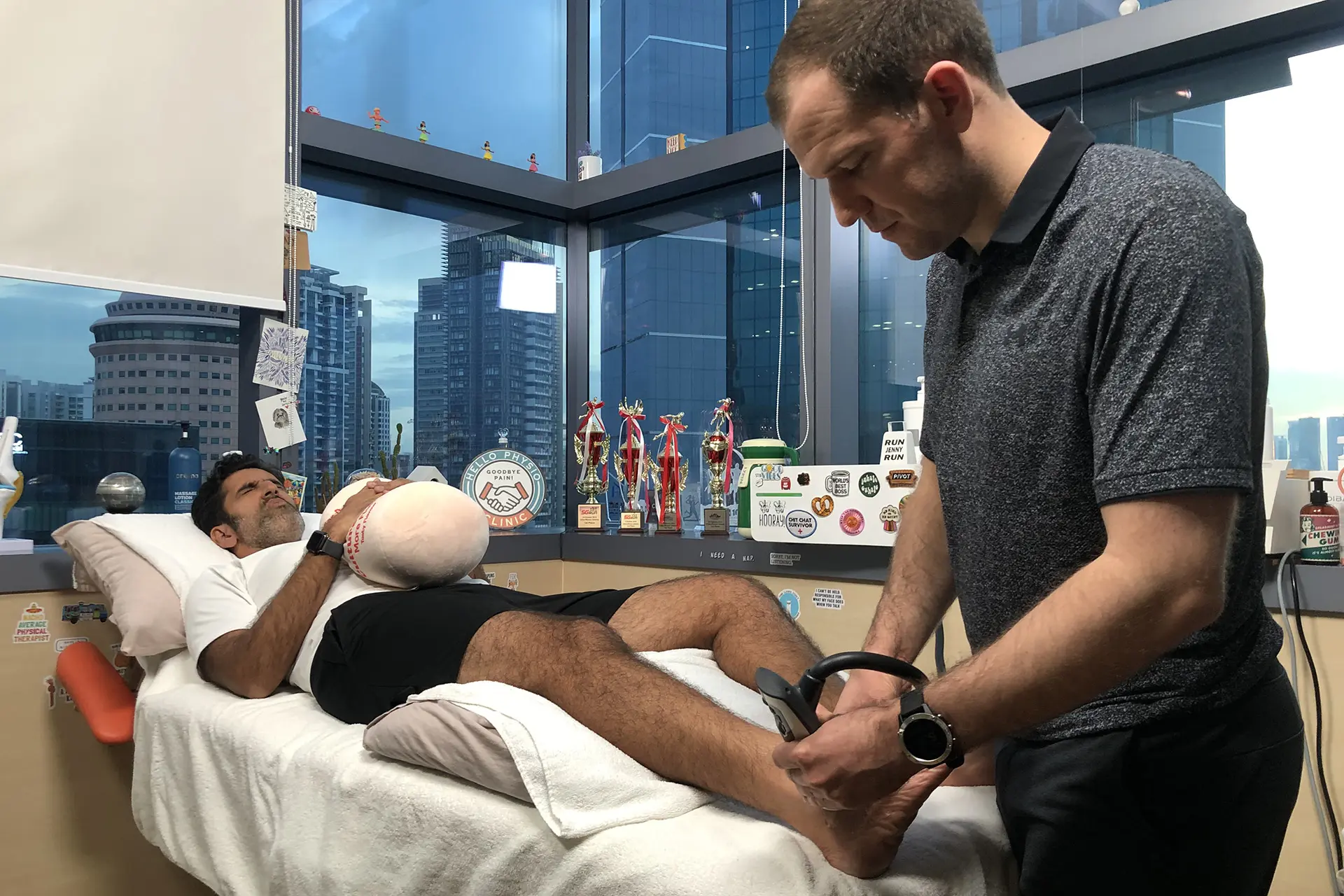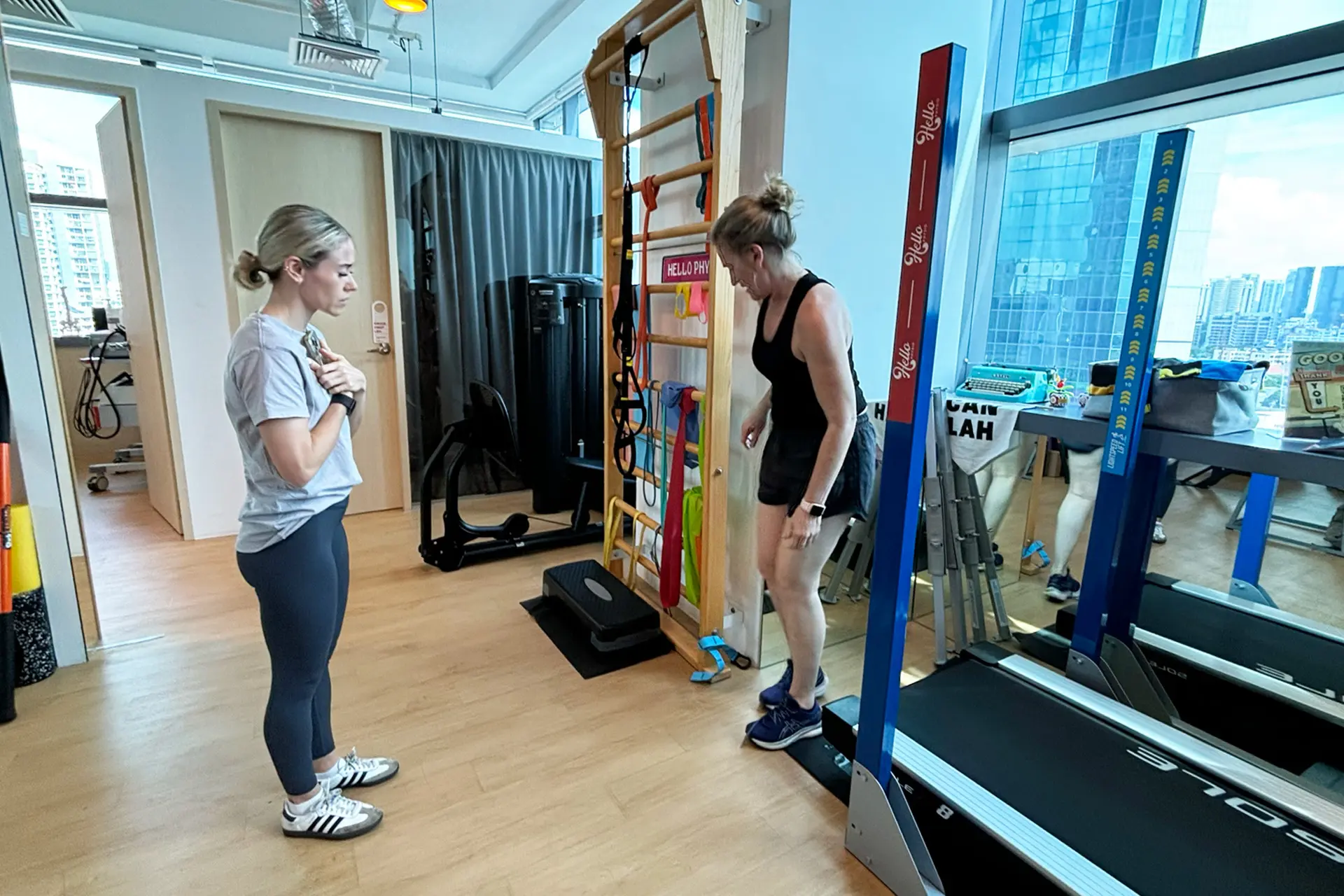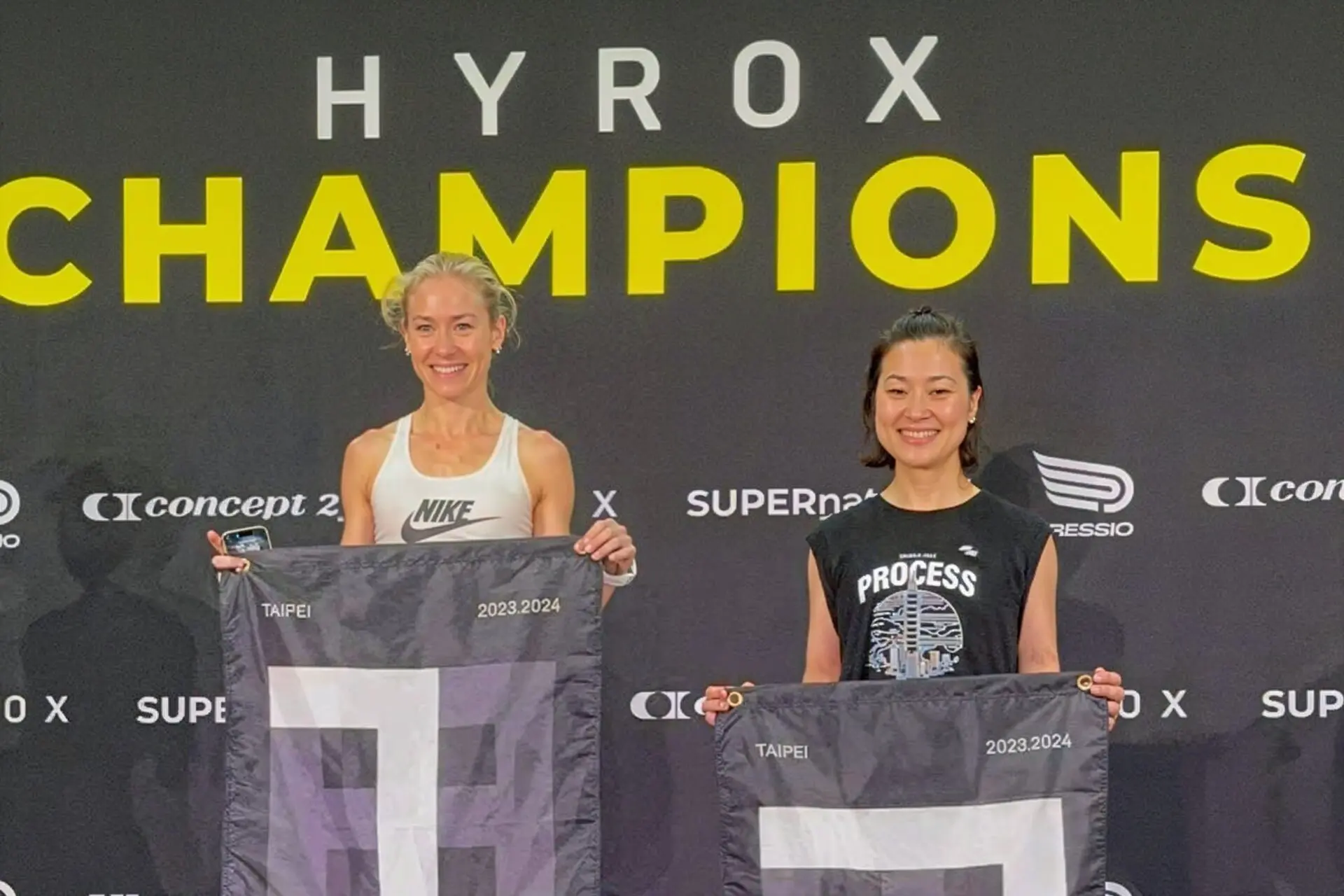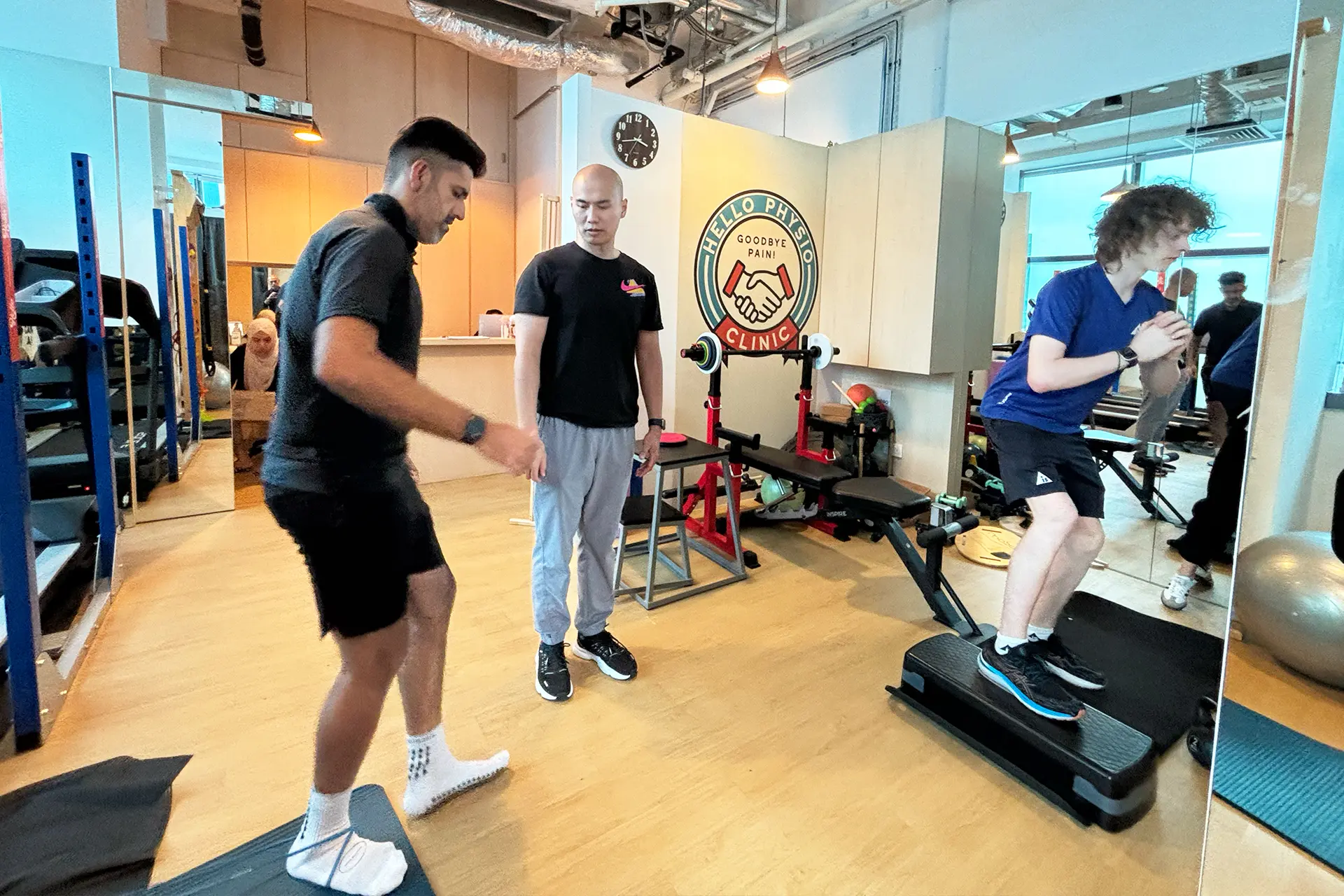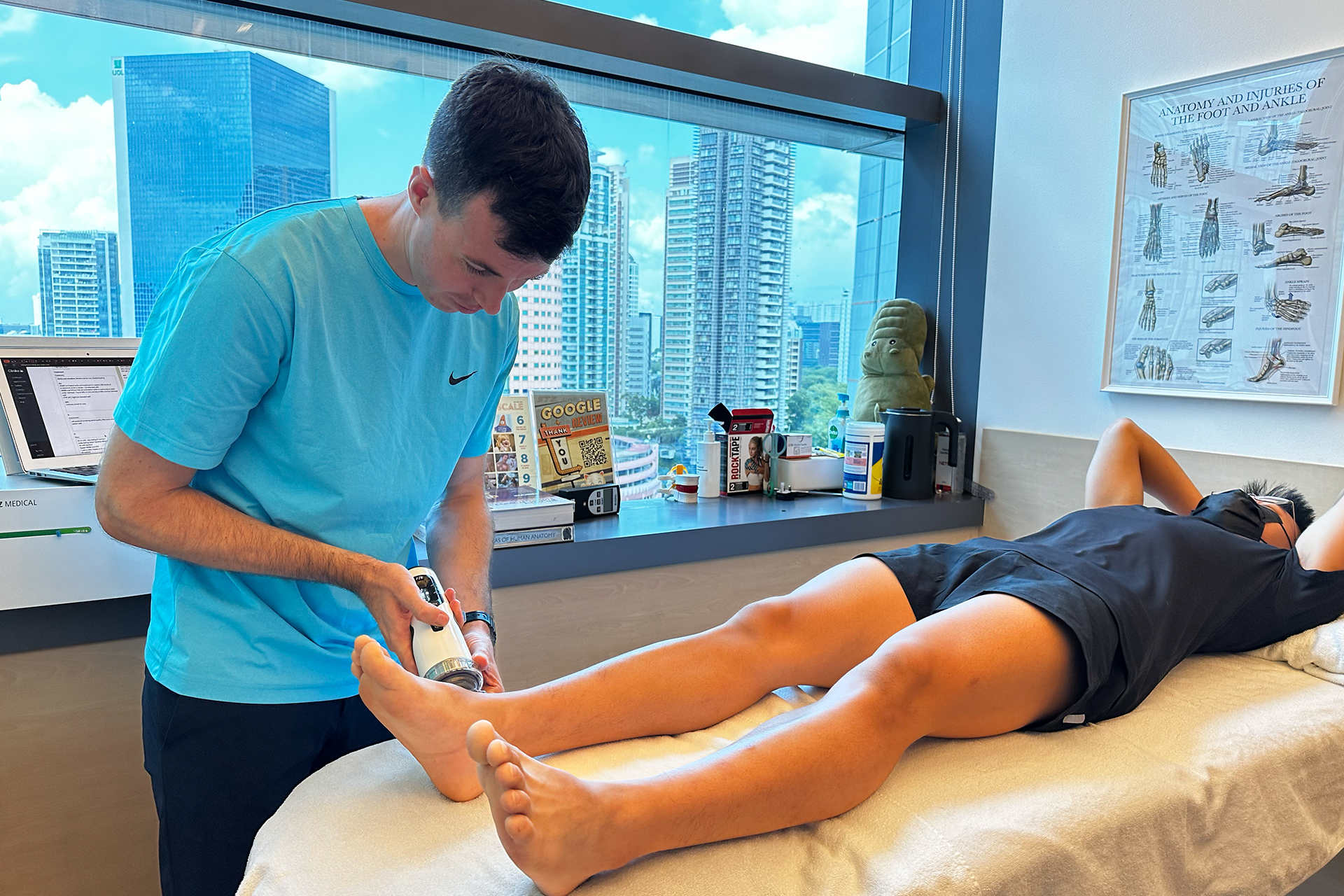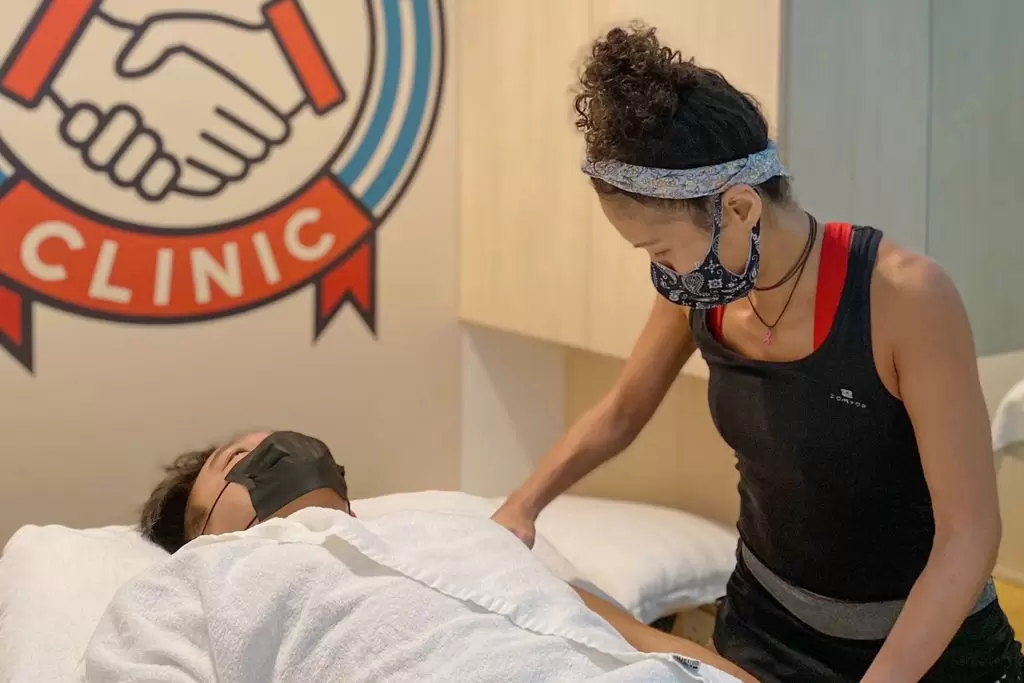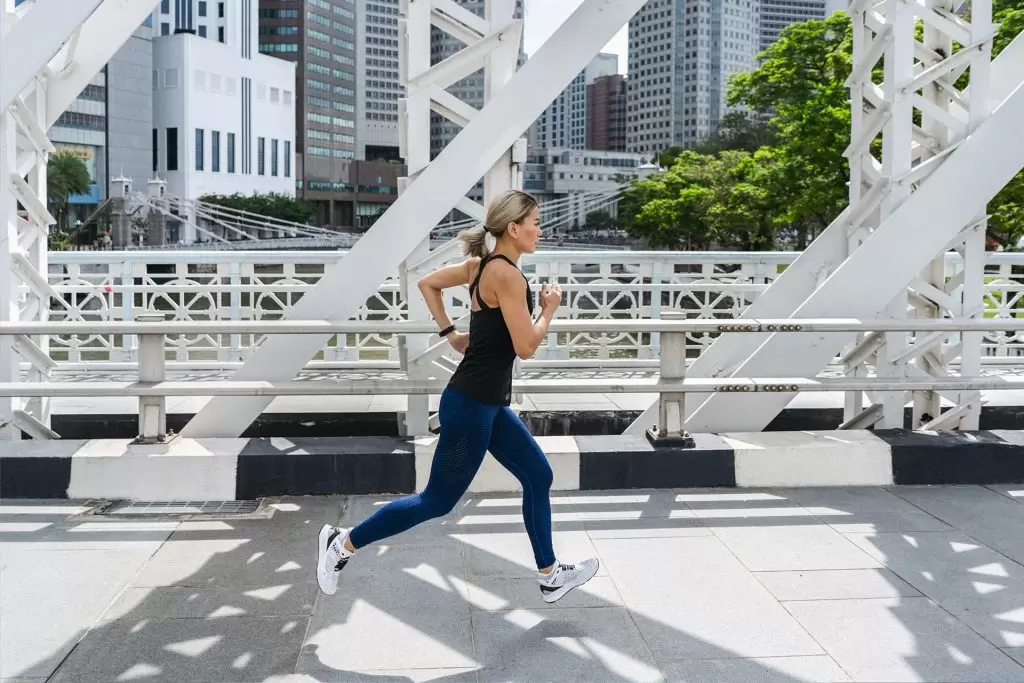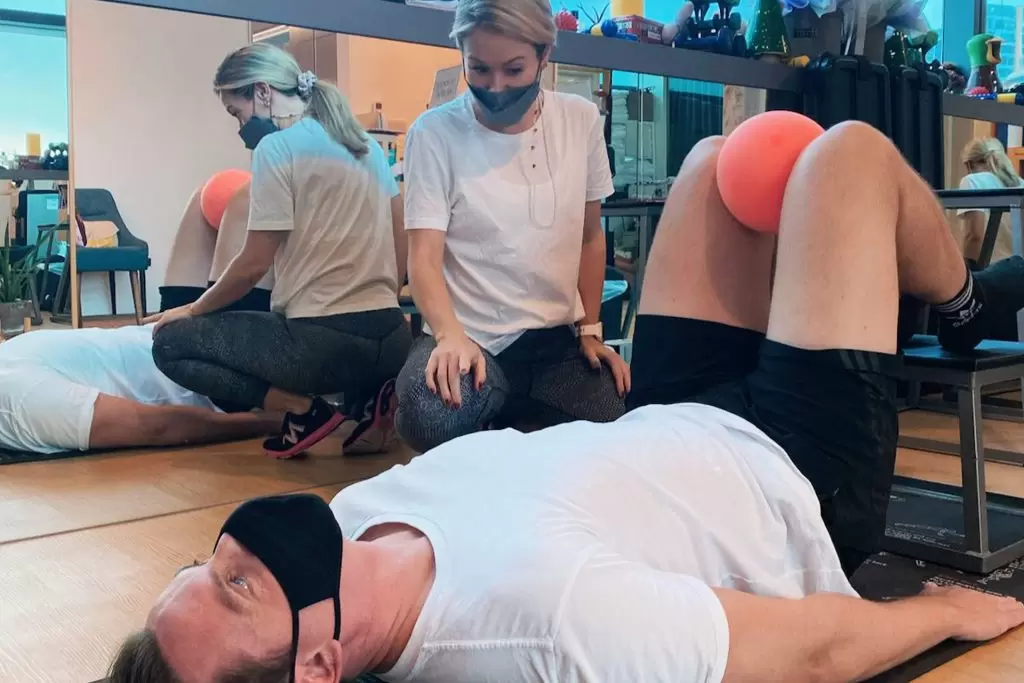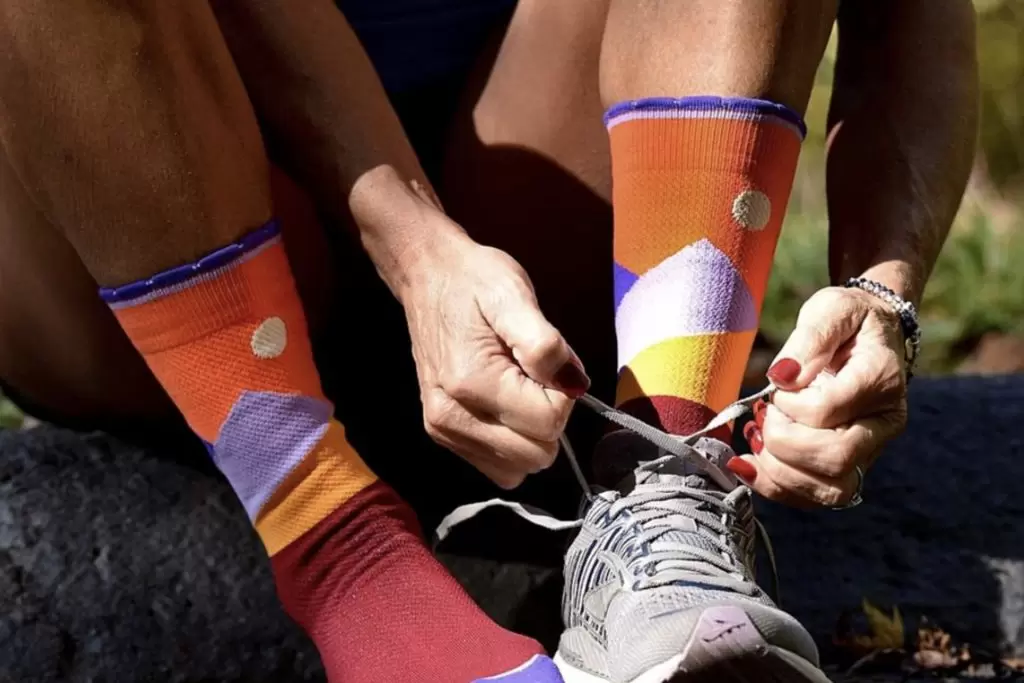A healthy shoulder works like a well-lubricated ball-and-socket joint, allowing a wide range of movements without discomfort. However, for those experiencing shoulder pain, everyday activities like throwing a ball, sweeping, or even simple tasks like fastening a seatbelt or slicing bread can become challenging.
Fortunately, there are effective approaches to expedite healing and recovery. Prescribed physical therapy exercises and adjunctive technologies, like Shockwave Therapy, can significantly accelerate the healing process. By incorporating these treatment strategies, recovery from rotator cuff injuries and calcium deposits can be enhanced.
Rotator Cuff Pain Symptoms
Certain movements, such as reaching forward or backward, can be especially painful, making tasks like putting on clothes or lifting objects difficult. These limitations are often caused by tears in the rotator cuff, the group of tissues that enable smooth shoulder motion.
Rotator cuff injuries are quite common and tend to occur more frequently as we age, often due to overuse or misuse of the shoulder joint. Athletes involved in sports like baseball, tennis, and swimming, as well as those with jobs involving repetitive overhead activity, are particularly susceptible to such injuries.
Rotator cuff injuries can also occur gradually over time through general wear and tear, affecting anyone of any age or occupation. Many over the age of 50 experience pain and disability from degenerative tears in the rotator cuff, even without a history of traumatic injuries.
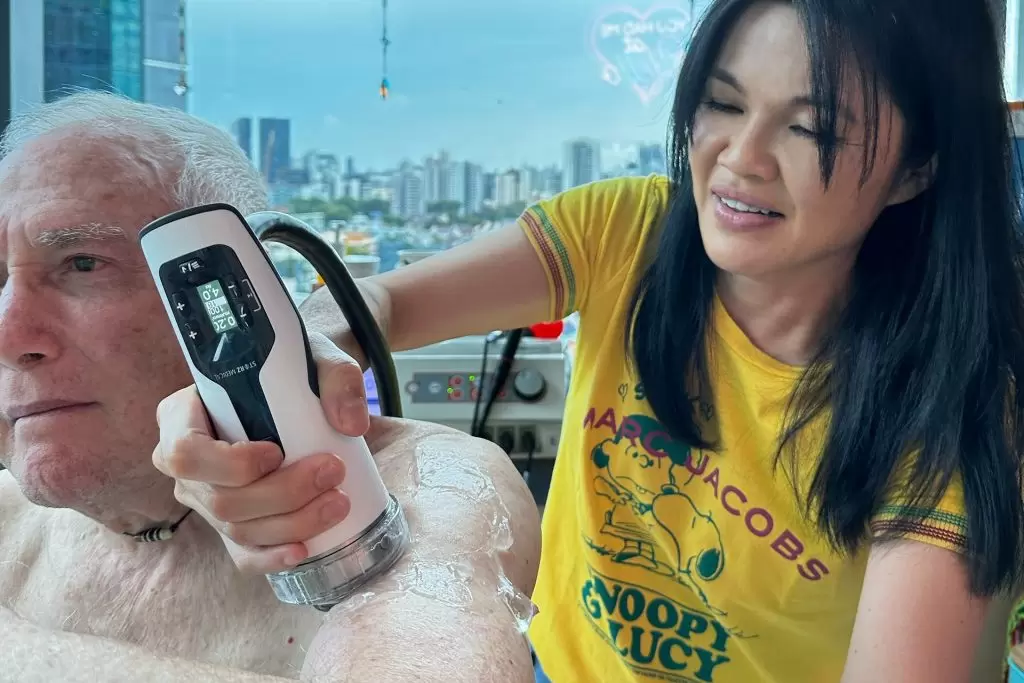
Interestingly, it has been observed that significant rotator cuff injuries may not always cause pain. Only about a third of rotator cuff tears result in pain, and some individuals may be unaware of the problem as the pain often localizes in the upper arm rather than the shoulder itself.
Knowing if you have a rotator cuff strain vs tear is sometimes hard to distinguish as the shoulder is a complex network of muscles and tendons responsible for arm mobility and strength. Rotator cuff tendinitis develops gradually due to repetitive stress on the rotator cuff. Without treatment, it can progress and result in a partial or complete tendon tear. A tear can also occur from a fall or accident.
Most of us hope against hope that time will be a great healer. However, by recognizing the signs and seeking appropriate medical attention from a physical therapist, you will make sure that your shoulder pain doesn’t impact your quality of life.
Traditional Treatments for Rotator Cuff Injuries
For most non-professional athletes, physical therapy — rather than surgery — is often the recommended approach to alleviate painful rotator cuff injuries. Avoiding activities that worsen inflammation is crucial. This not only reduces stress on the torn tissue in the rotator cuff but also prevents further tears, delaying recovery.
Relying solely on online recommendations and exercises from sources like Dr. Google or ChatGPT for treatment may not be right for your injury and may exacerbate the condition, especially if your shoulders are not adequately prepared to withstand the stress.
A typical therapeutic protocol for rotator cuff injuries involves a combination of rest to reduce inflammation, the elimination of aggravating activities, targeted exercises to enhance muscle strength, and stretching to improve the range of motion of the injured joint.
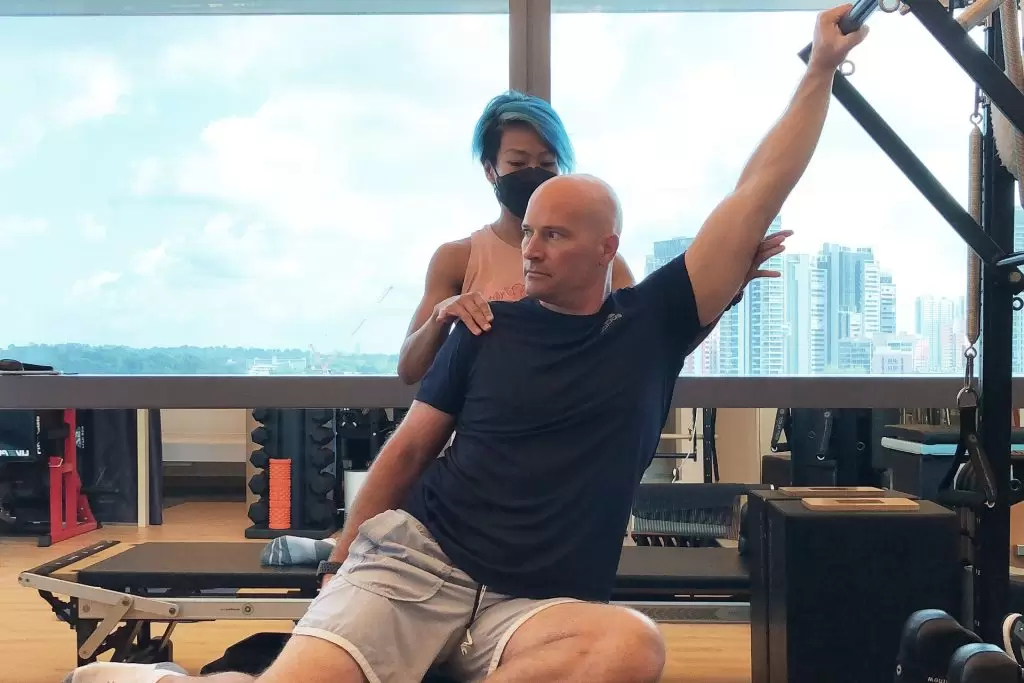
At HelloPhysio, we take our treatment of care one step beyond traditional approaches to incorporate adjunctive technologies to complement manual physical therapy techniques and prescribed exercises. This comprehensive approach aims to optimize outcomes for our patients with shoulder tendinitis or partial tears of the rotator cuff — whether they are athletes or non-athletes.
Shockwave Therapy as A Conservative First-Line Treatment
Extracorporeal Shockwave Therapy (ESWT) is a first-line treatment with positive outcomes for chronic calcific tendonitis in the rotator cuffs. It’s a nonoperative and minimally-invasive intervention before considering surgical options.
Shockwaves are acoustic waves that resonate through our skin into soft tissues with minimal loss of energy to treat a diverse range of musculoskeletal disorders. In clinical practice, radial and focused ESWTs have become popular due to how they deliver acoustic energy.
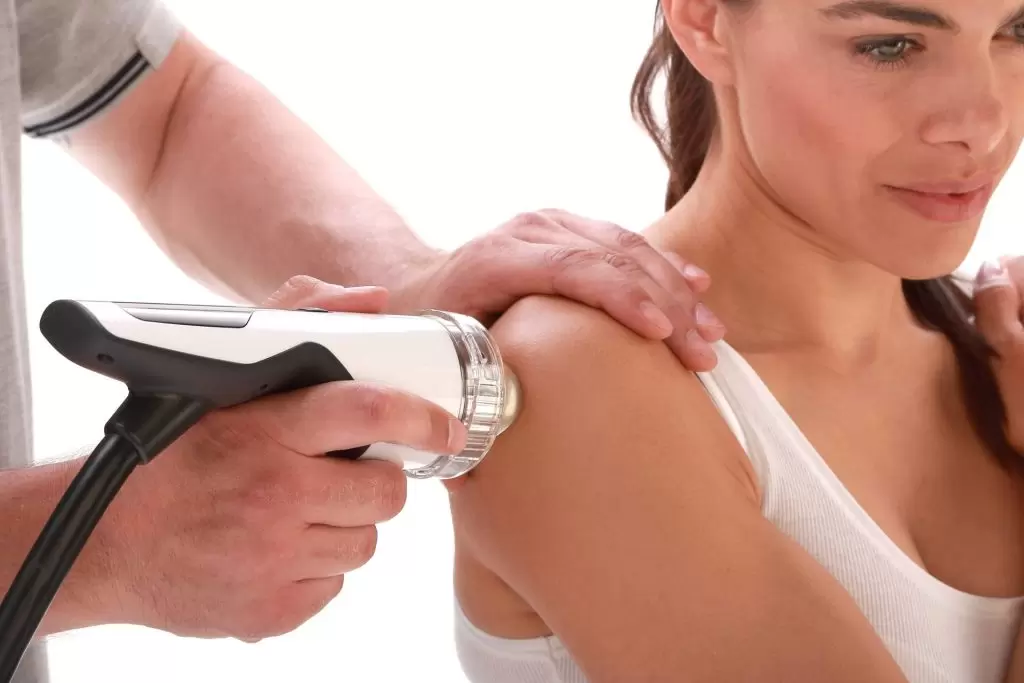
Focused Shockwave Therapy utilizes electromagnetic, electrohydraulic, and piezoelectric currents, while radial shockwaves are generated by an air compressor. These waves naturally decrease in pressure and energy as they penetrate through the skin into the tissue, eliminating the need for pain relief anesthesia. This approach offers effective treatment without requiring additional measures to manage discomfort.
The additional therapy enhances collagen synthesis in tenocytes, promotes new blood vessel formation, and improves blood circulation in the tendon-bone junctions. It also breaks down calcified deposits that can accumulate in chronic rotator cuff dysfunctions, limiting natural shoulder movement and causing pain.
ESWT after Rotator Cuff Repair Surgery
If conservative treatments fail to improve the condition, surgery may be a necessary treatment for a rotator cuff tear, or for severe chronic calcific tendonitis, leading to significant functional improvement. Following the surgery, Shockwave Therapy can play a crucial role in your rehabilitation by breaking down calcified scar tissue that forms at the surgical site.
Arthroscopic rotator cuff repair is a common surgical procedure for treating symptomatic rotator cuff tears, but success rates can vary. One of the main causes of re-tear is the weakness at the suture-tendon interface, where new scar tissue forms. This scar tissue has reduced strength compared to the normal tendon-bone connection, leading to persistent pain and disability after surgery.

Shockwave Therapy has been found to improve the strength and integrity of the repaired tissue, generating interest in its use as a postoperative treatment option for patients undergoing arthroscopic rotator cuff repair. Shockwave Therapy has also proven to reduce shoulder pain when combined with prescribed exercise rehabilitation. Additionally, it can accelerate the healing where the tendon connects the supraspinatus muscle to the upper arm bone following a rotator cuff repair.
What Is the Best Treatment for Rotator Cuff Injury?
HelloPhysio supports athletes and non-athletes throughout all stages of recovery after an injury or surgery. Our team combines innovative technologies, including ESWT and INDIBA® Activ, with traditional physical therapy and prescribed exercises to rehabilitate rotator cuff injuries to stabilize the shoulder and build endurance. If you have rotator cuff pain, or recently had surgery and want to learn more about our comprehensive services and advanced technology treatments, schedule an appointment with us today.


